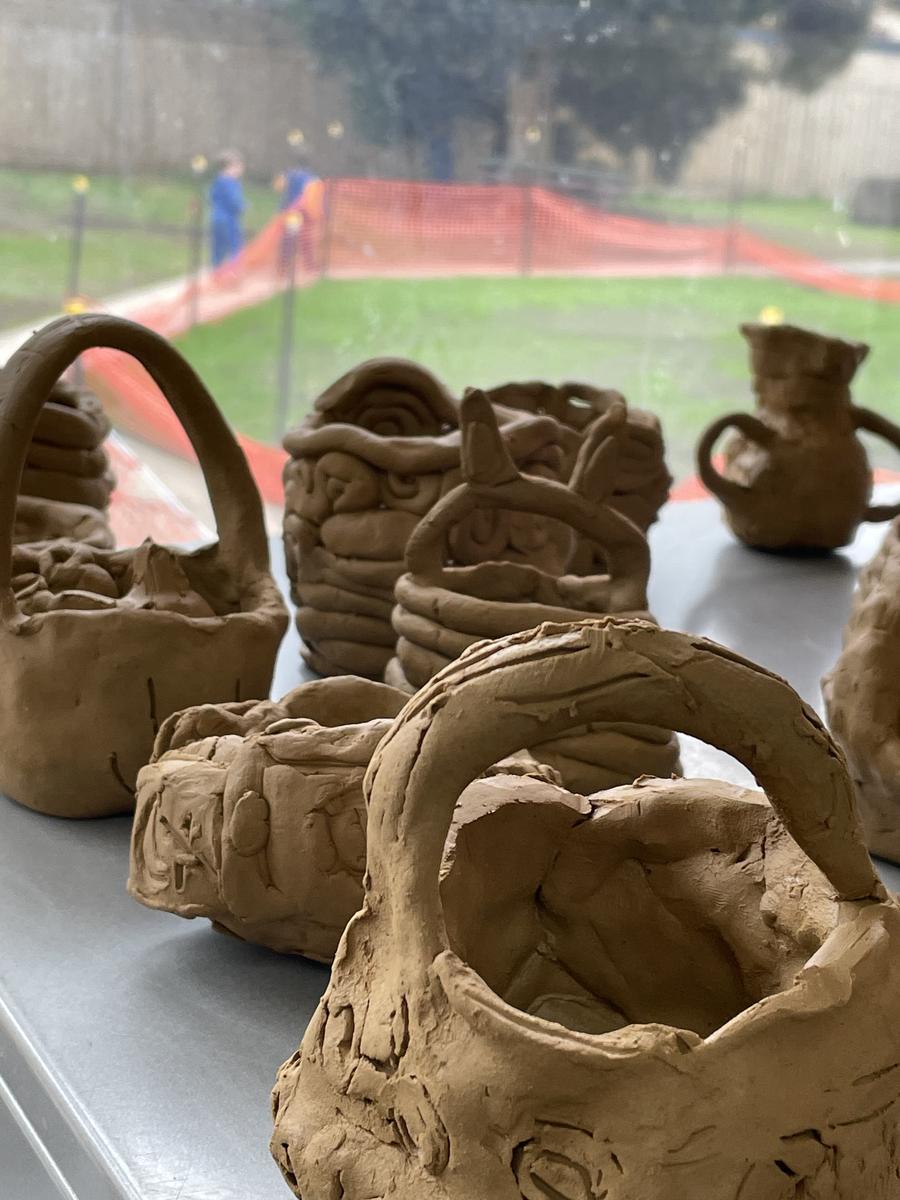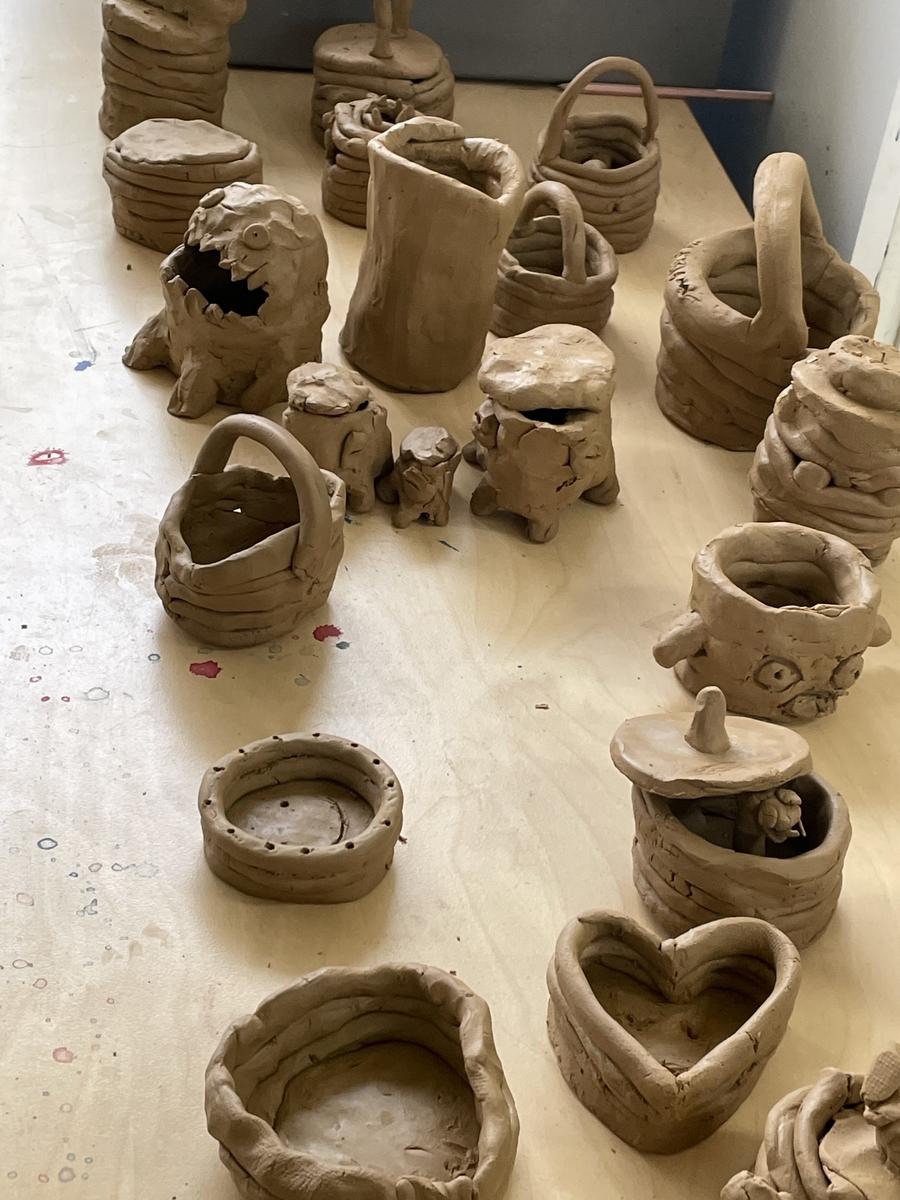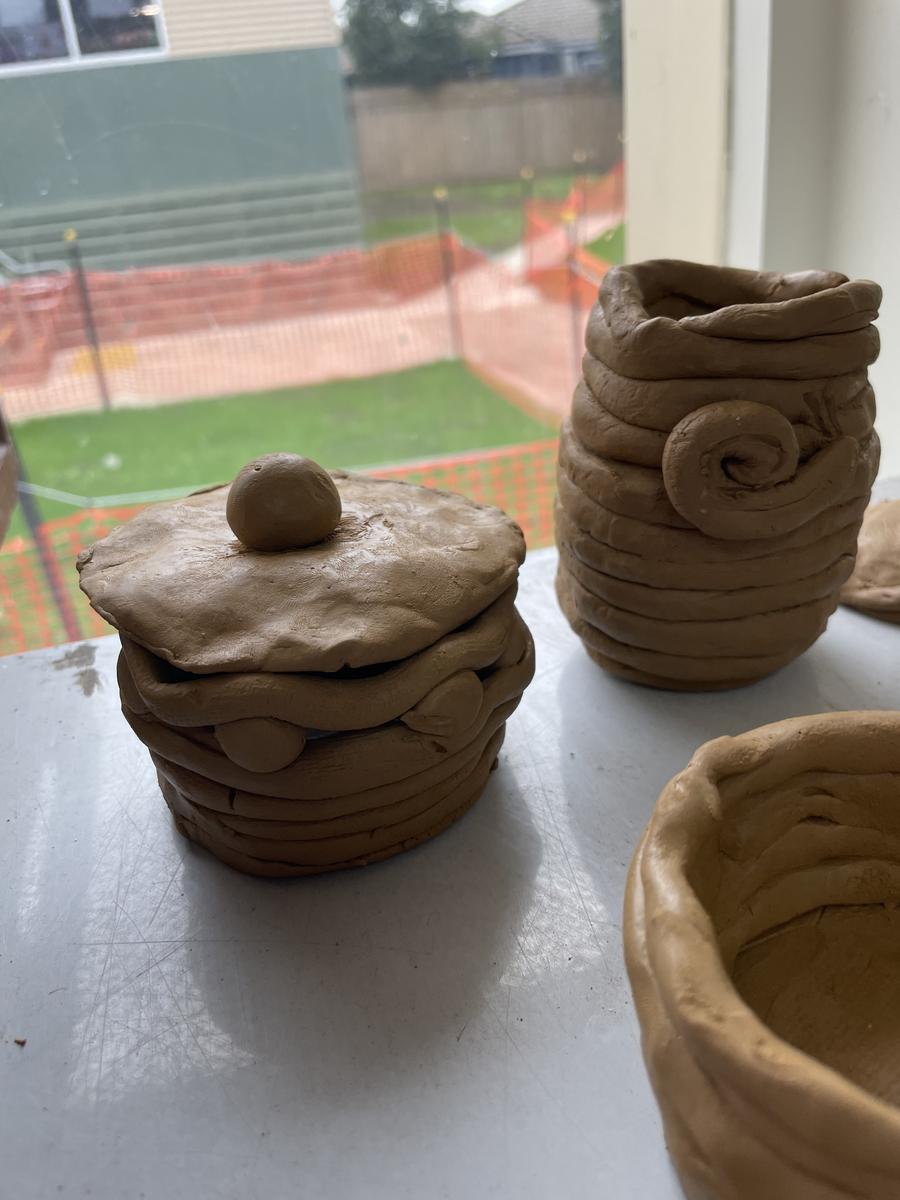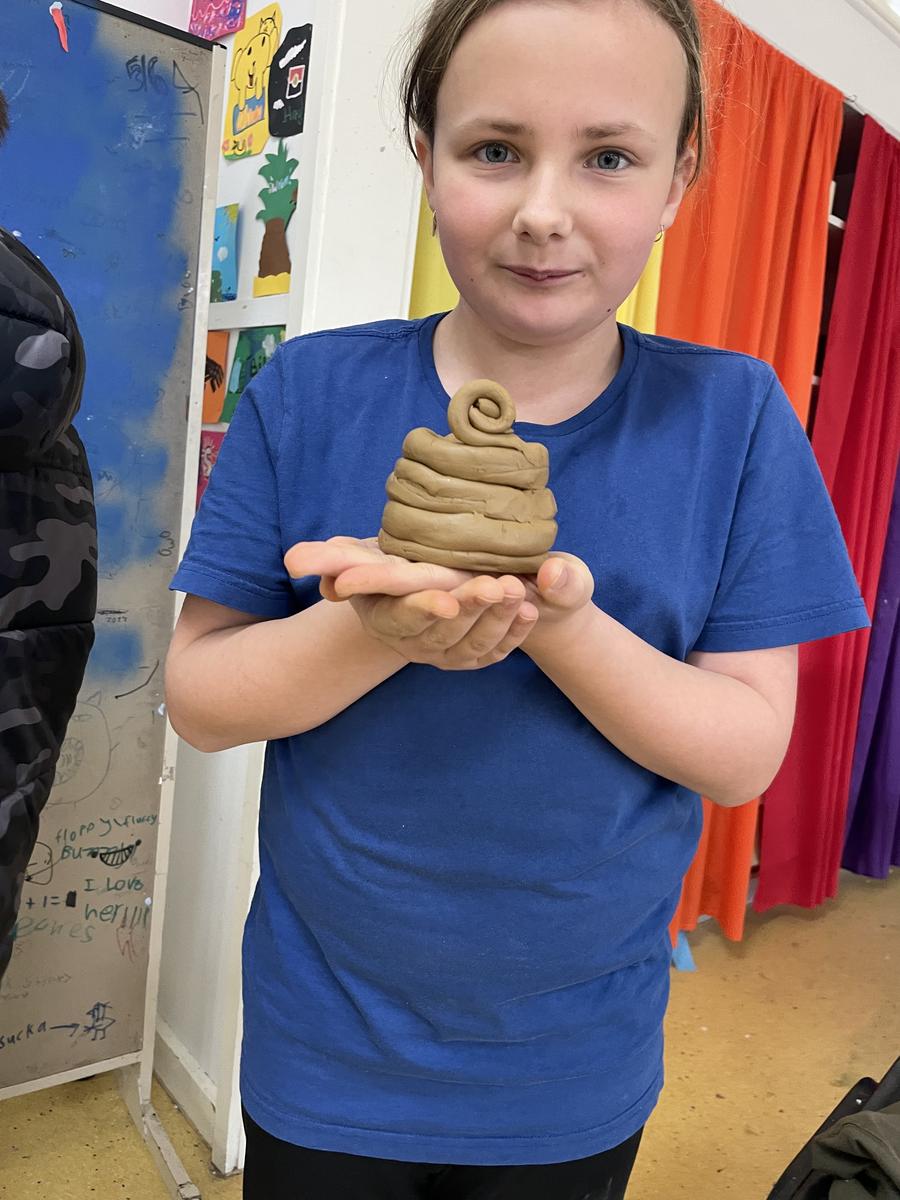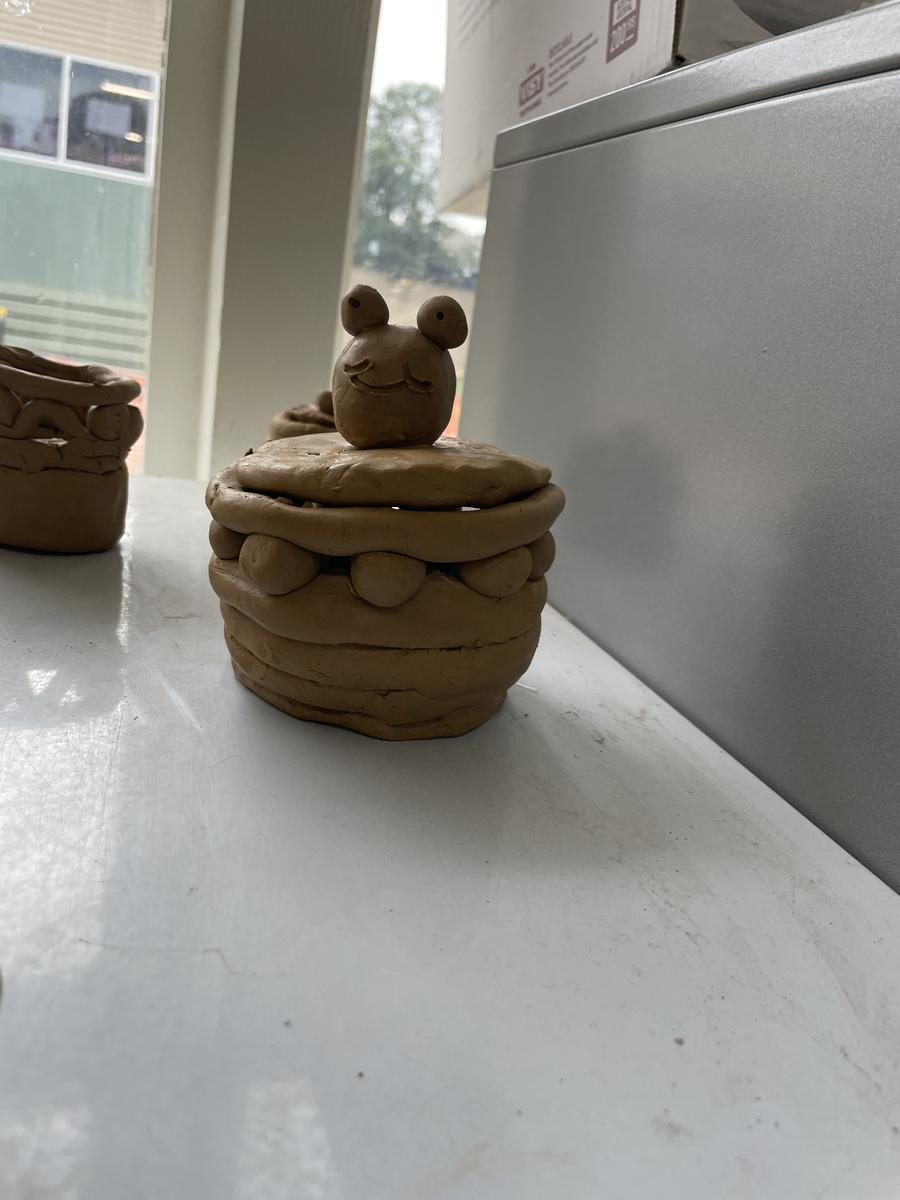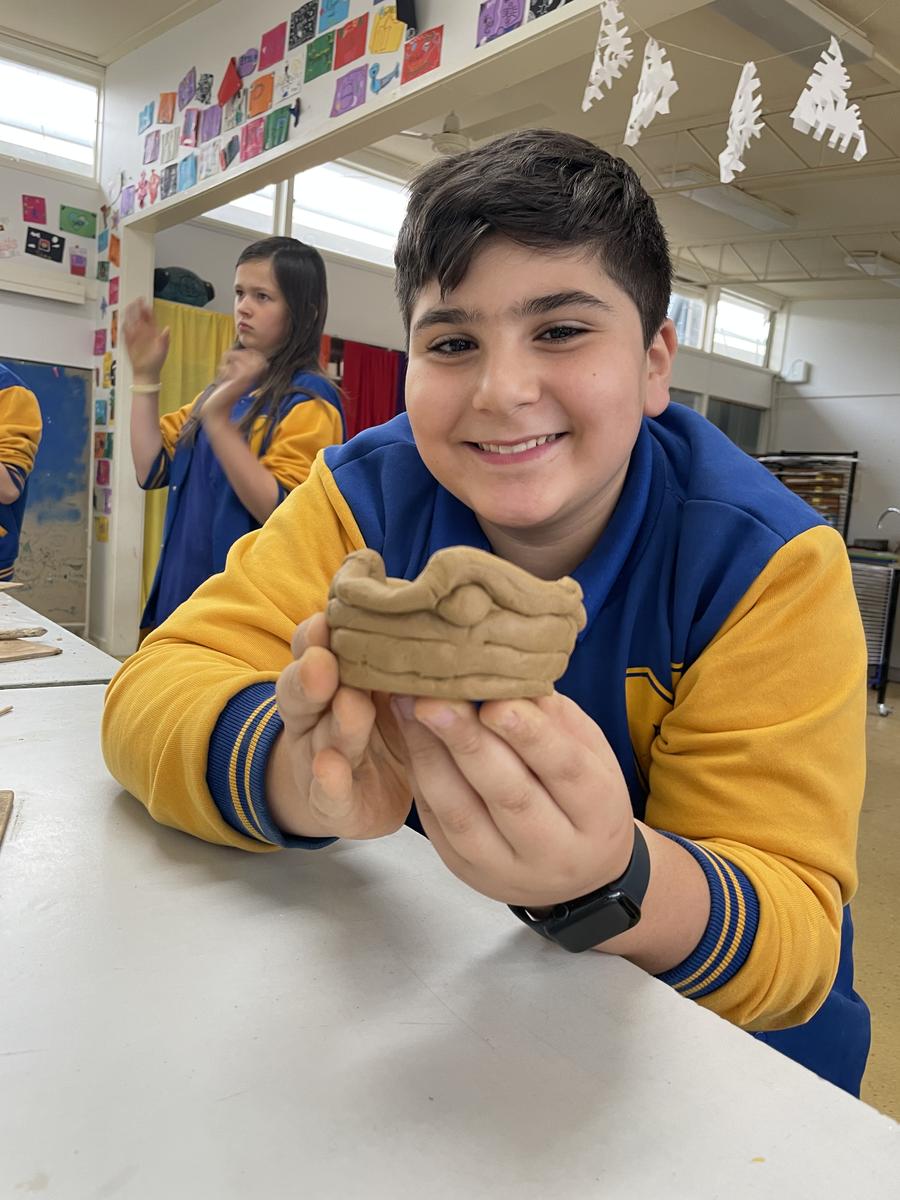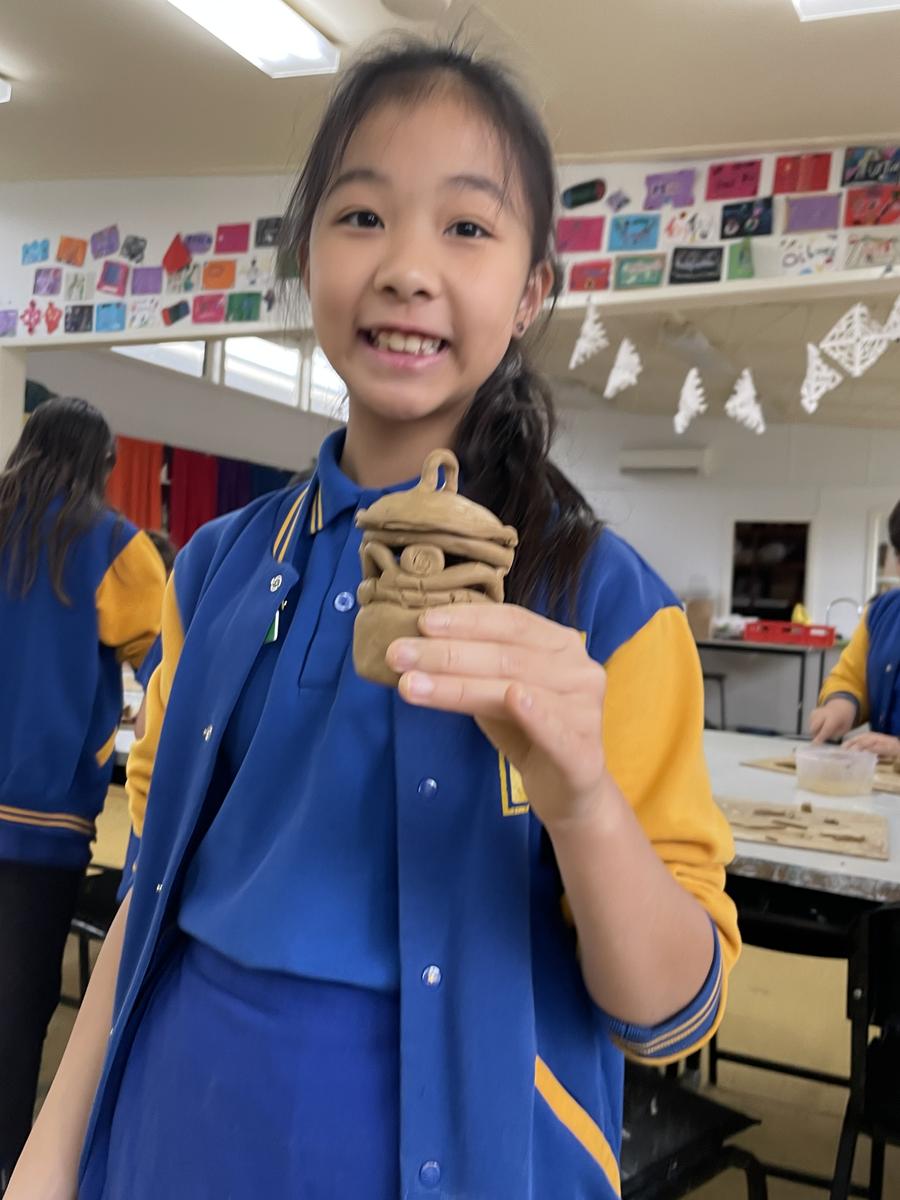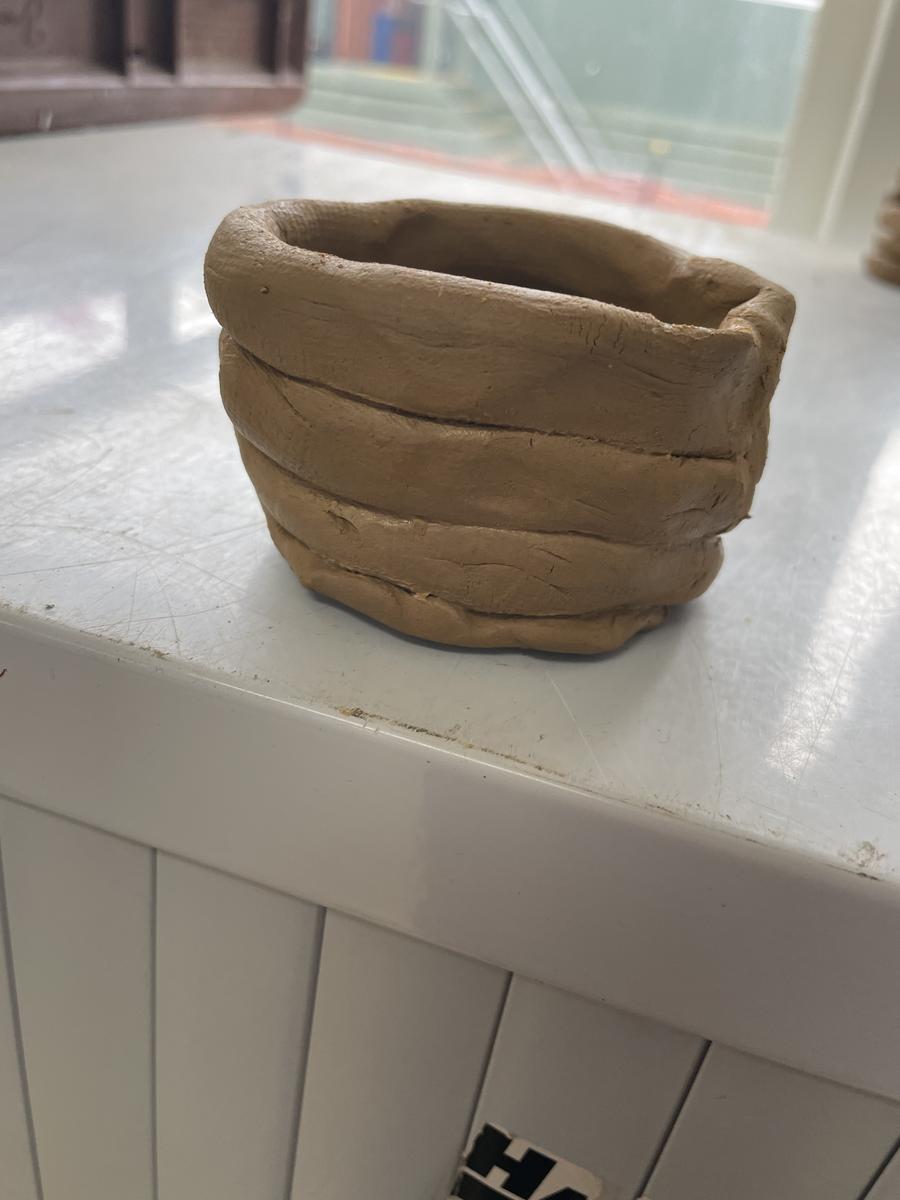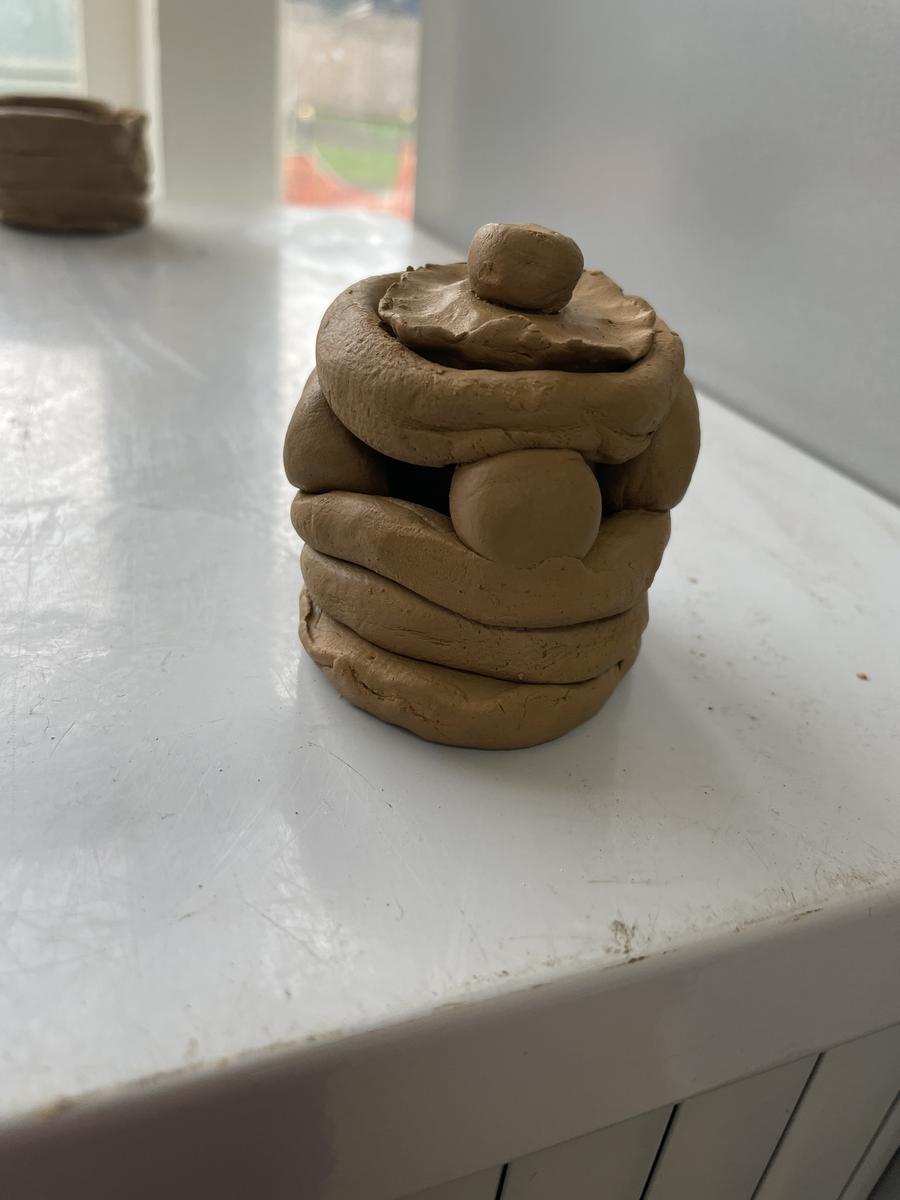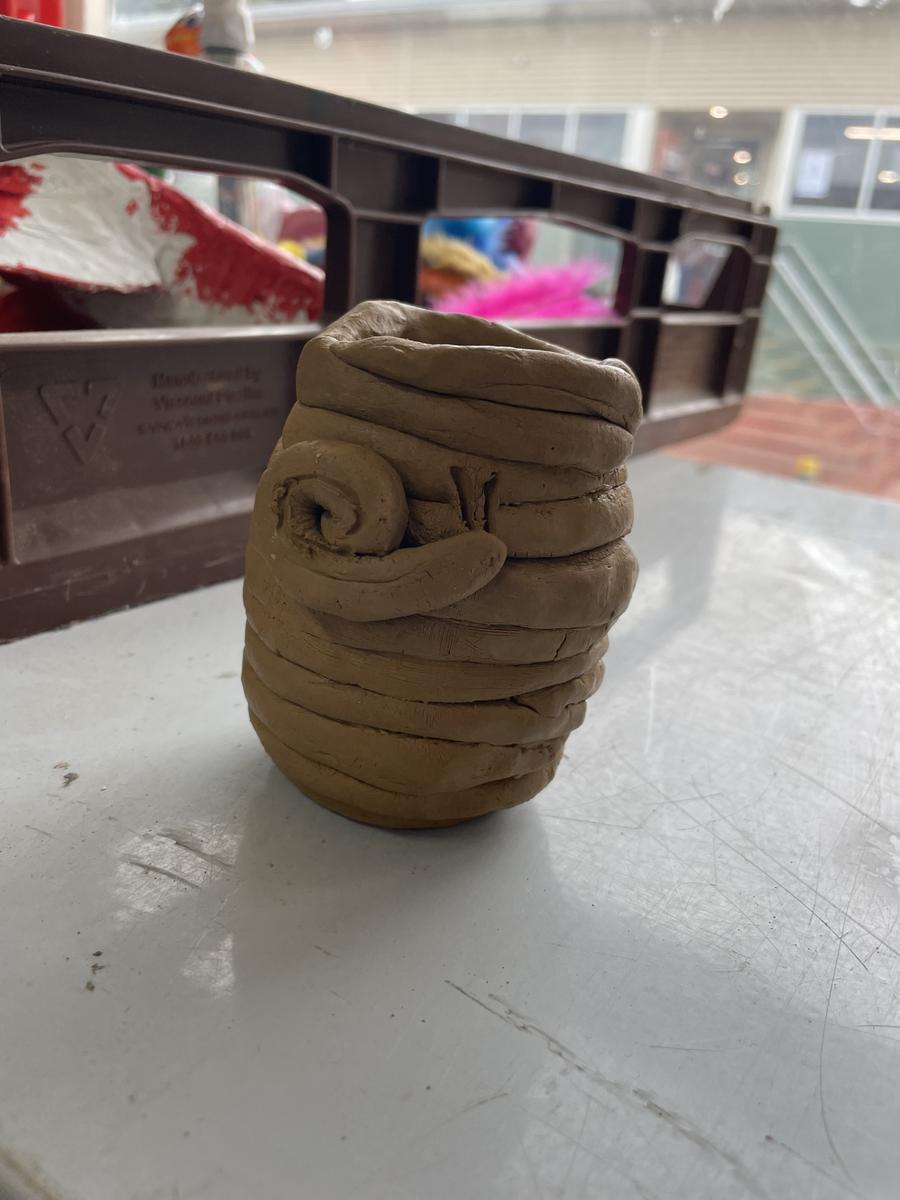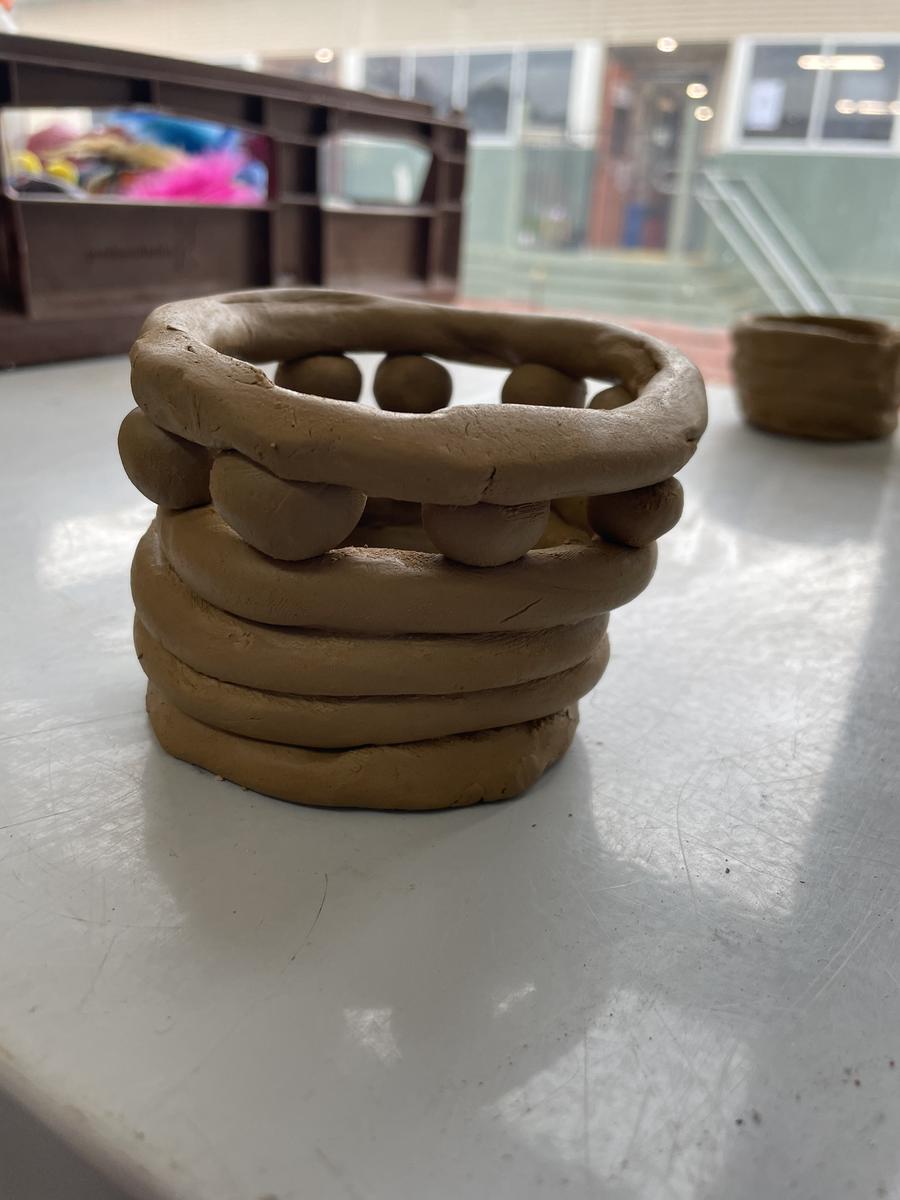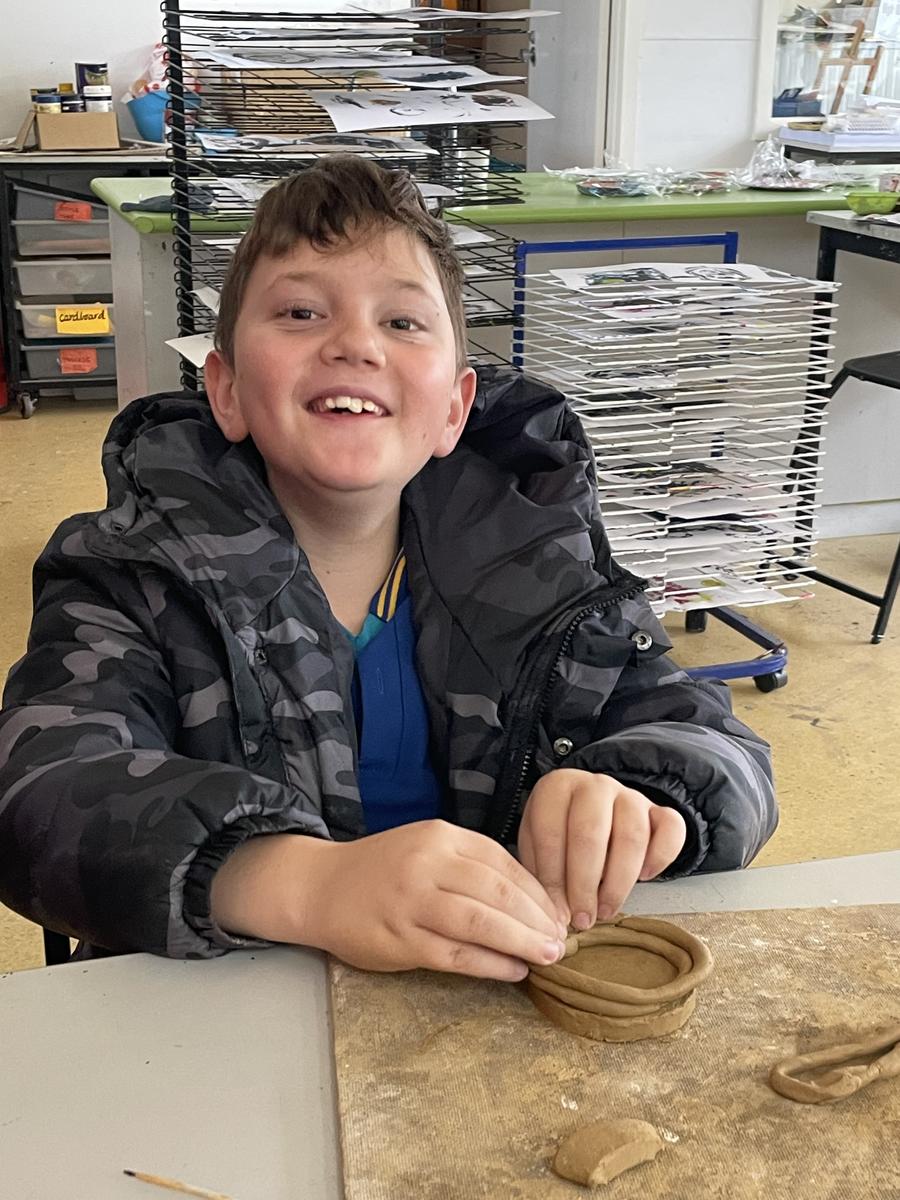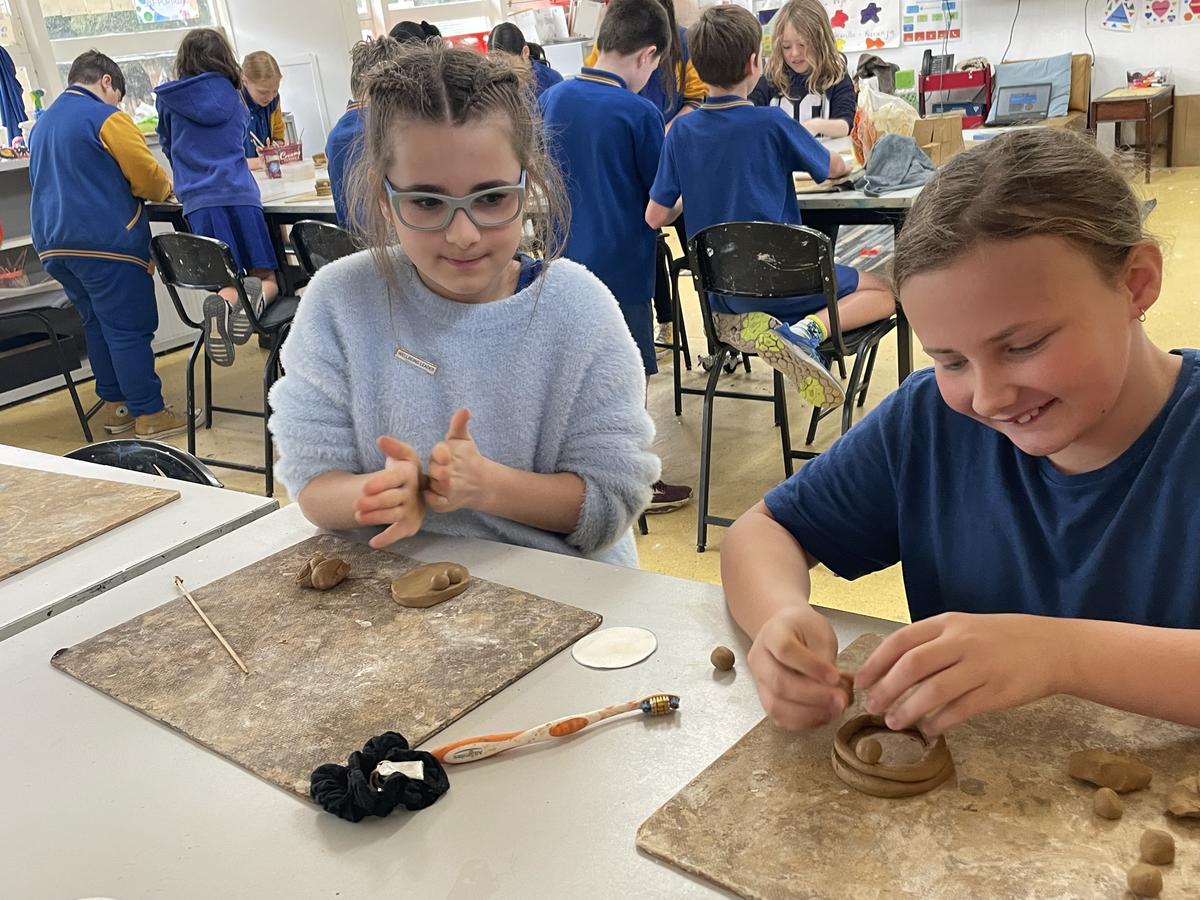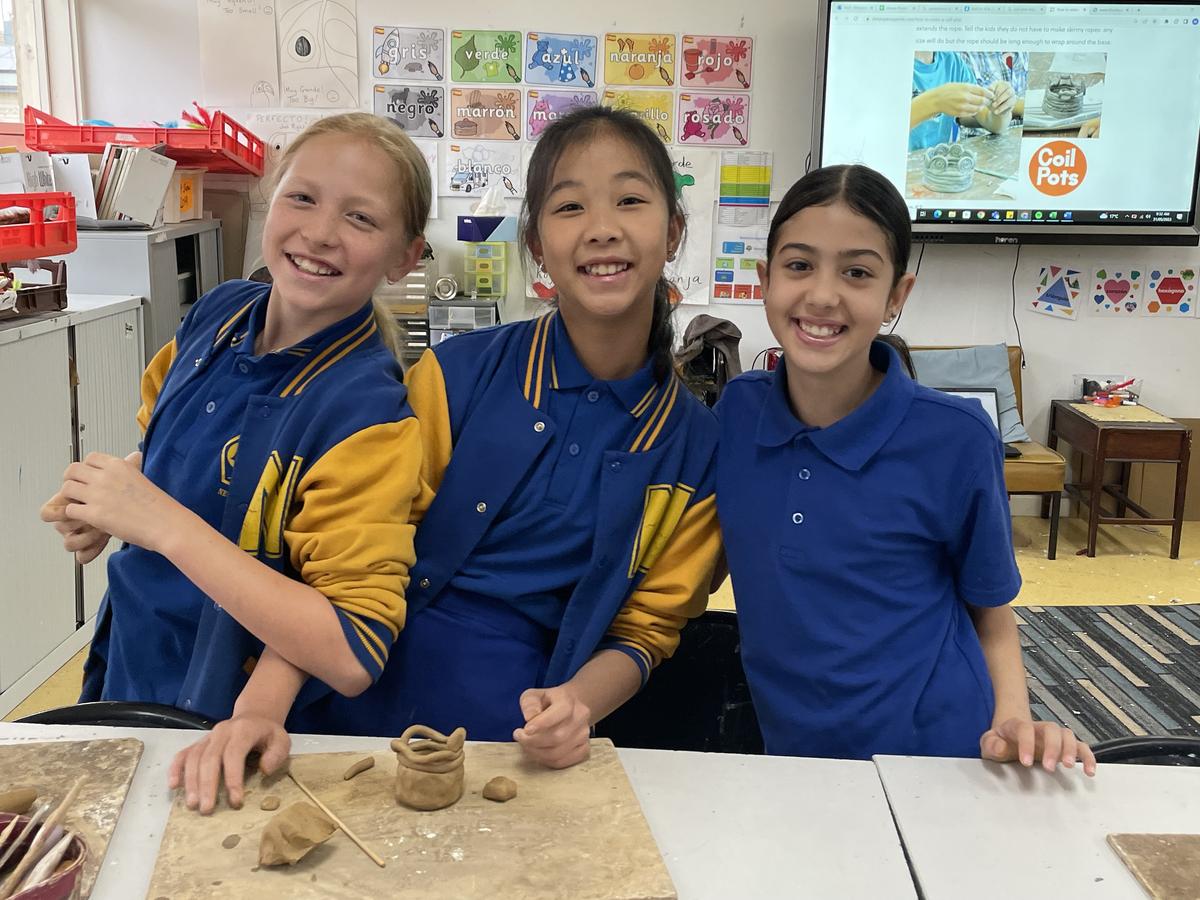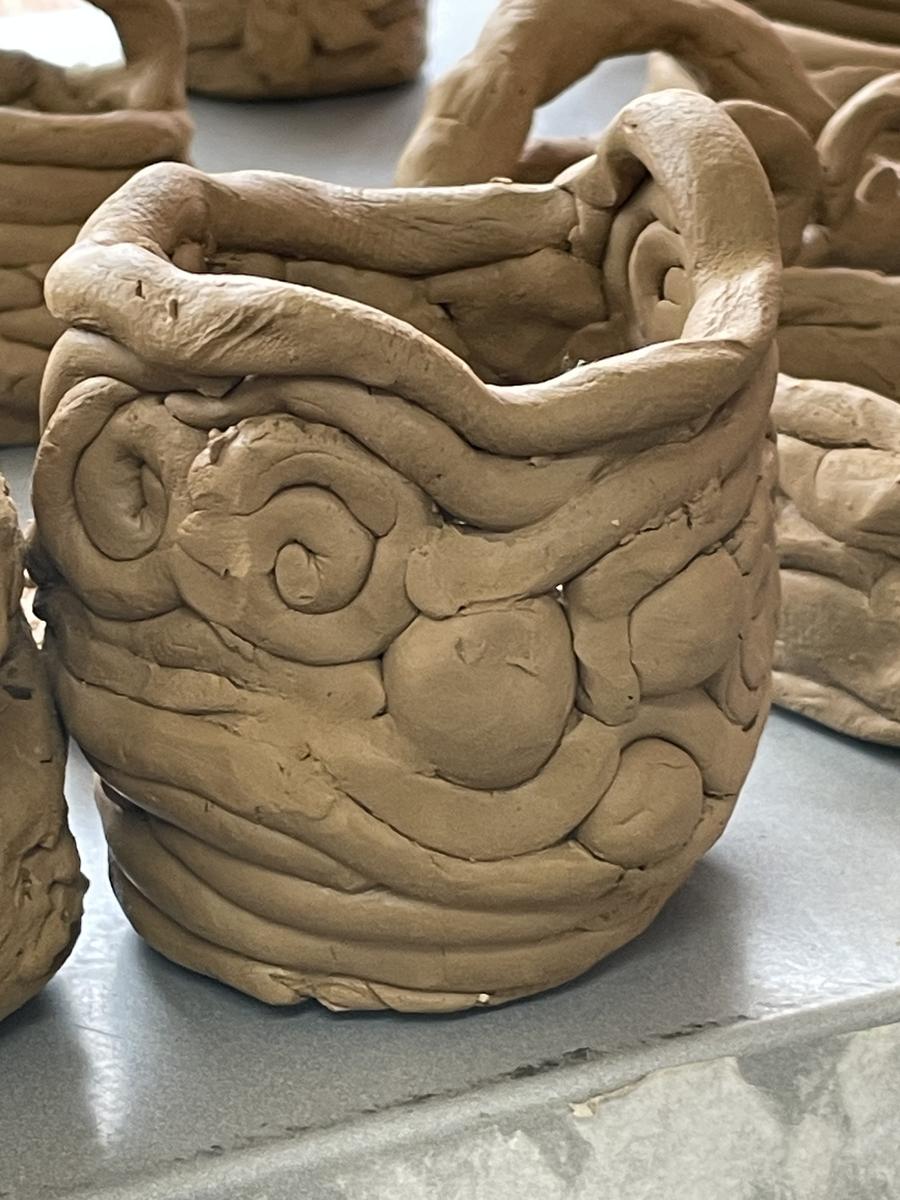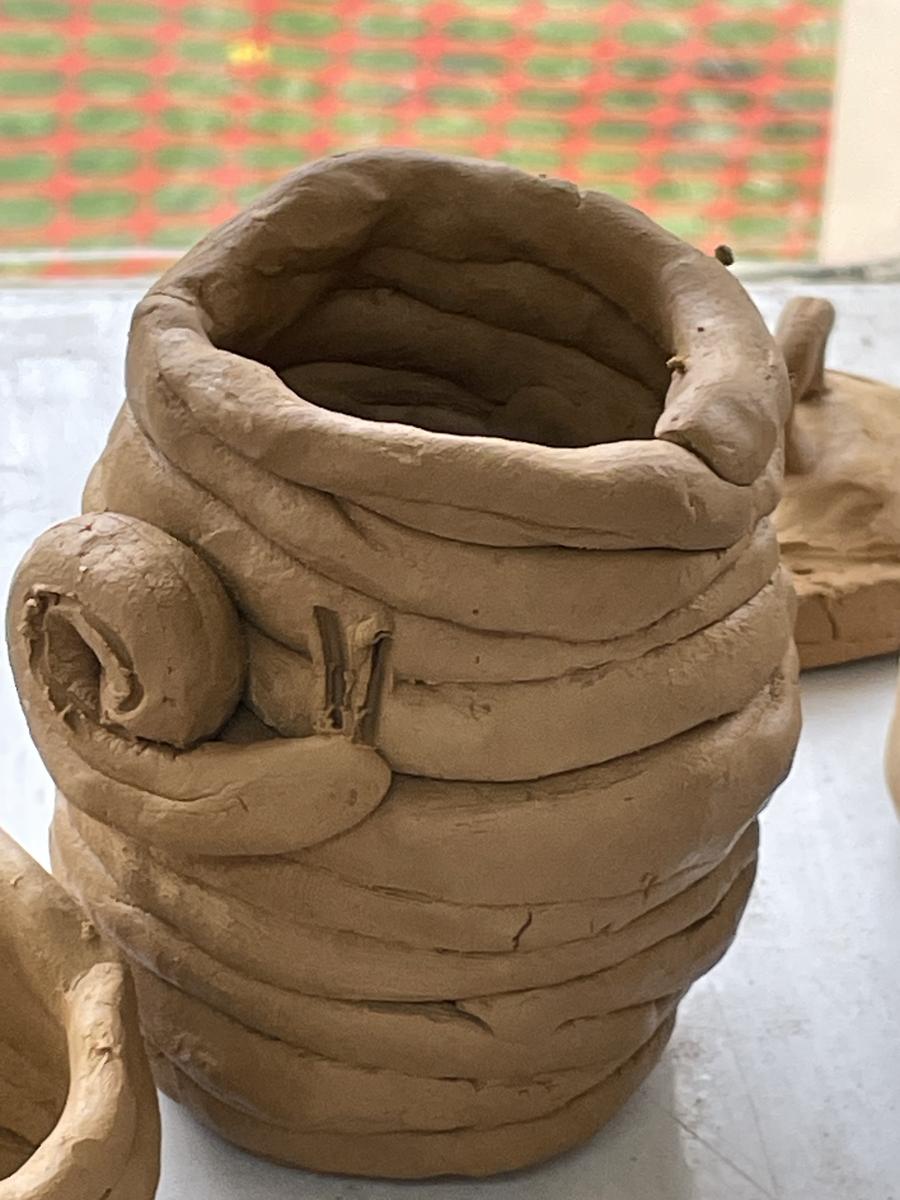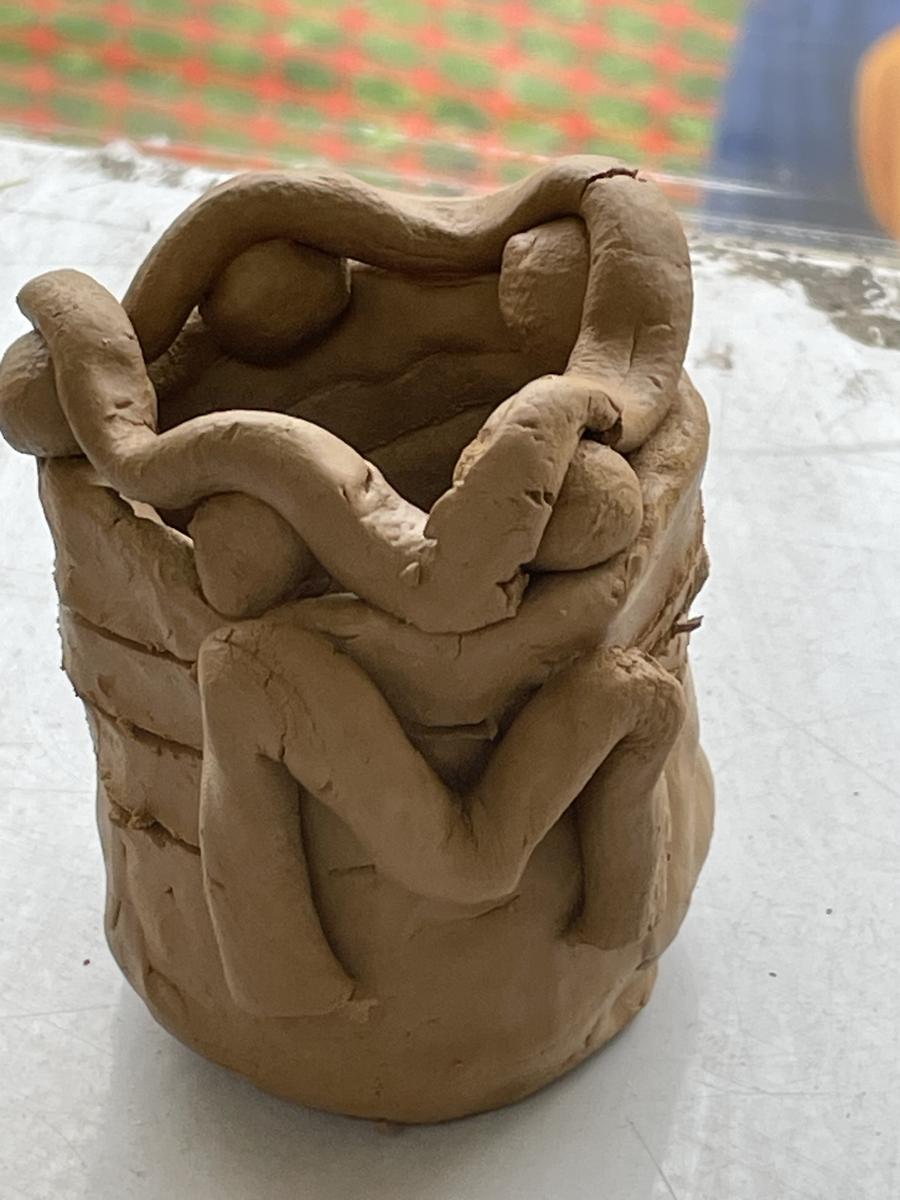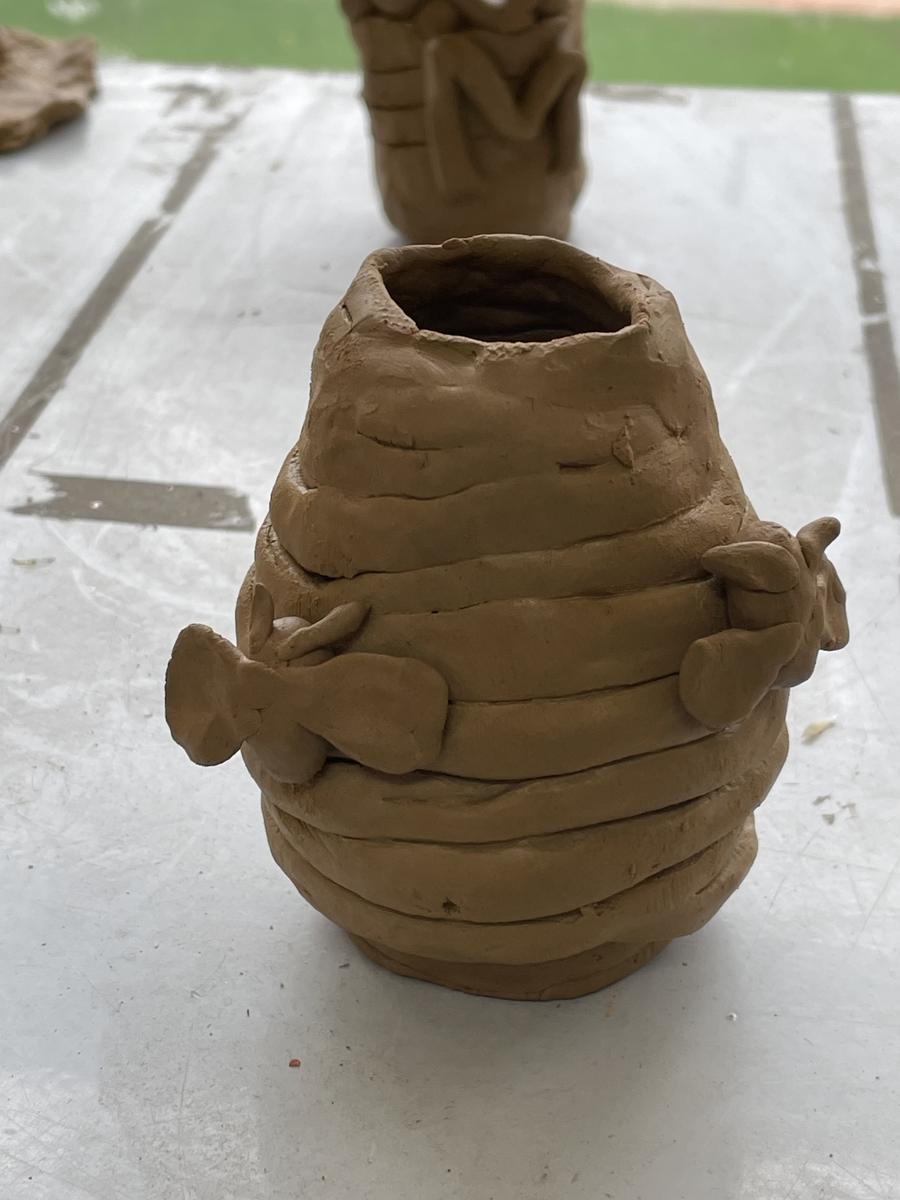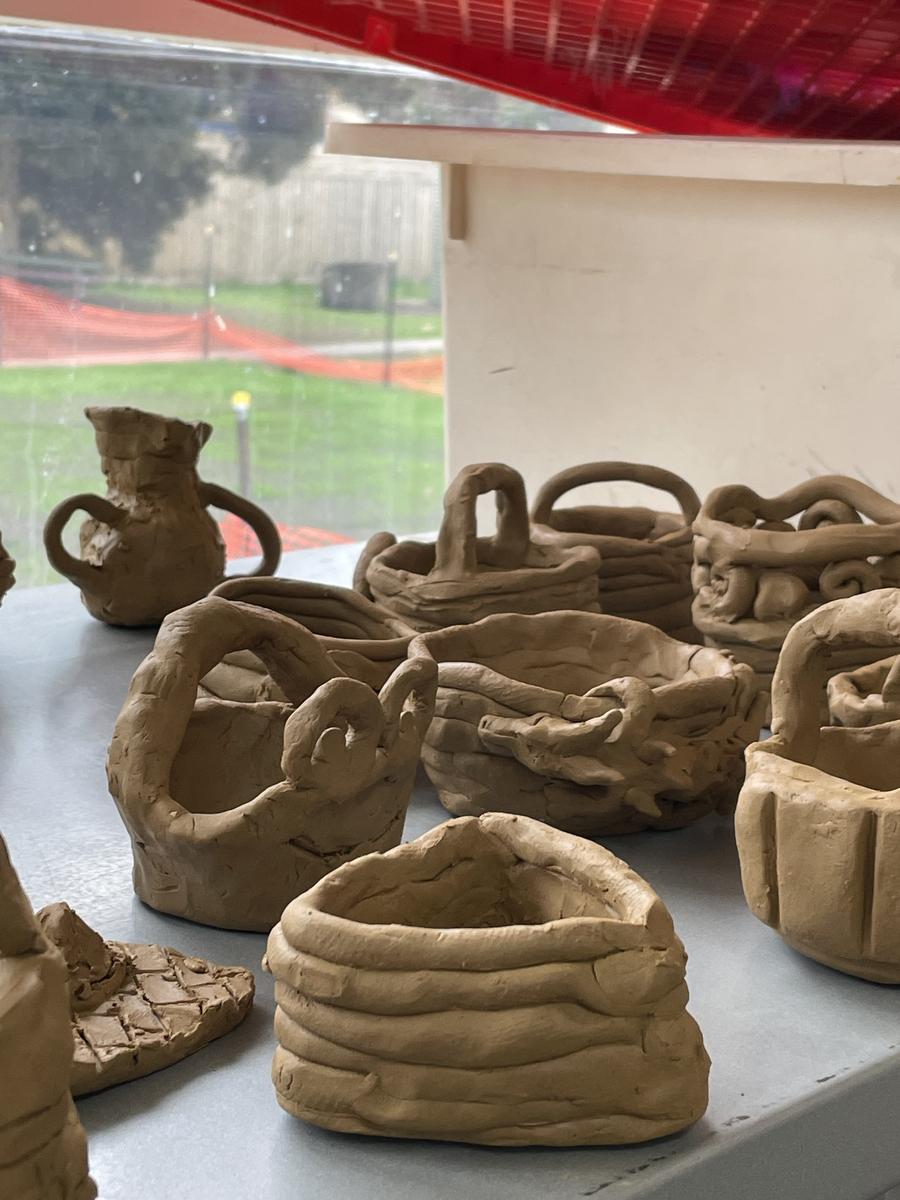Visual Arts
Artes Visual

Visual Arts
Artes Visual
F/1
The F/1's have been making messes and having lots of fun in the art room this past fortnight. They've continued to learn about printmaking, most importantly understanding that printing is the process of making a copy. Last week, students were introduced to Spanish artist, Joan Miro. They made monoprints based on his painting the 'Sun Eater,' 1955.
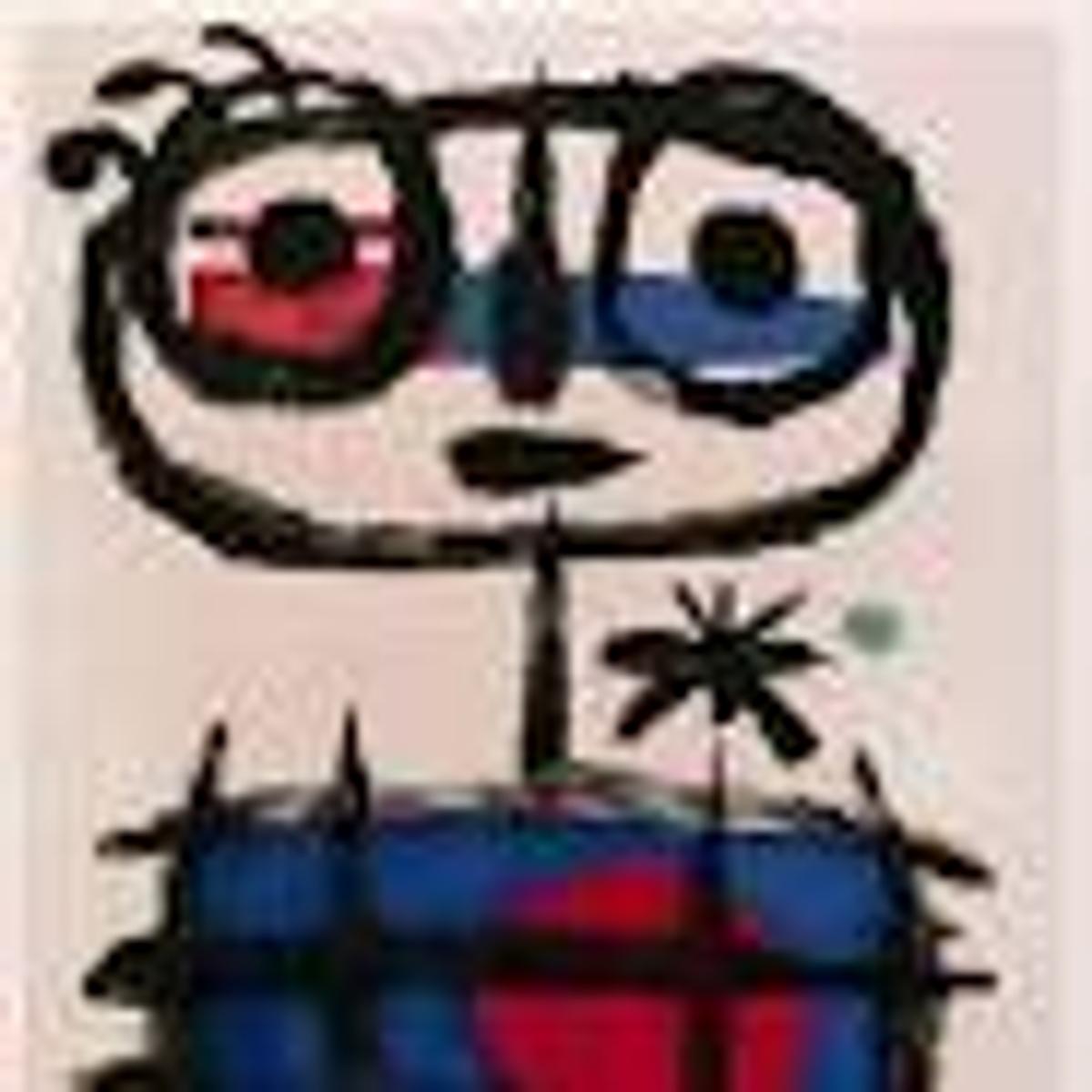

Students were encouraged to use this painting to inspire them to create their own monoprint, applying their knowledge of colours, lines and shapes. As part of these lessons, students have been learning about cleaning routines in the art room by wiping down tables, packing away materials and placing work on the drying rack. I have been so impressed with the students using the value of 'care'; which they all consistently demonstrated as they cleaned up and assisted in preparing the Art learning space for the next class.
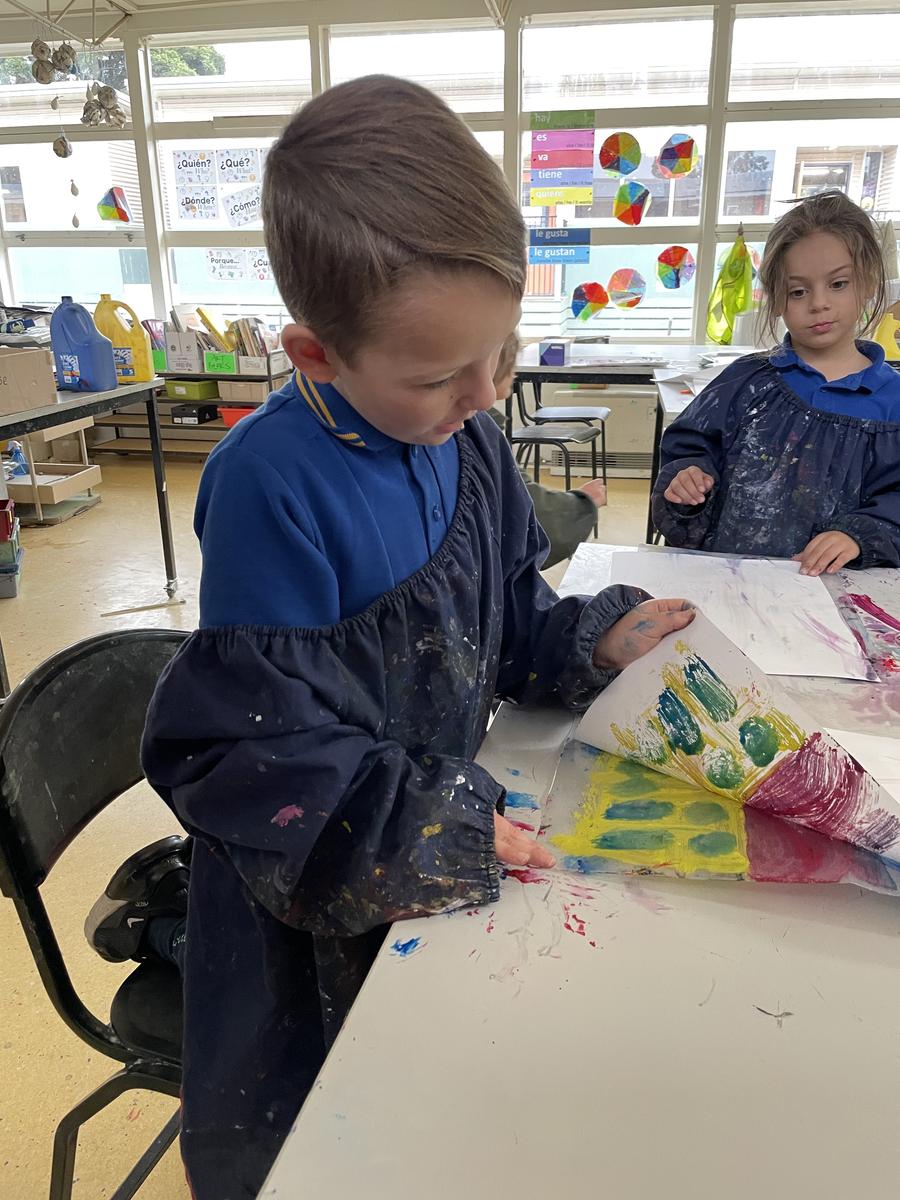

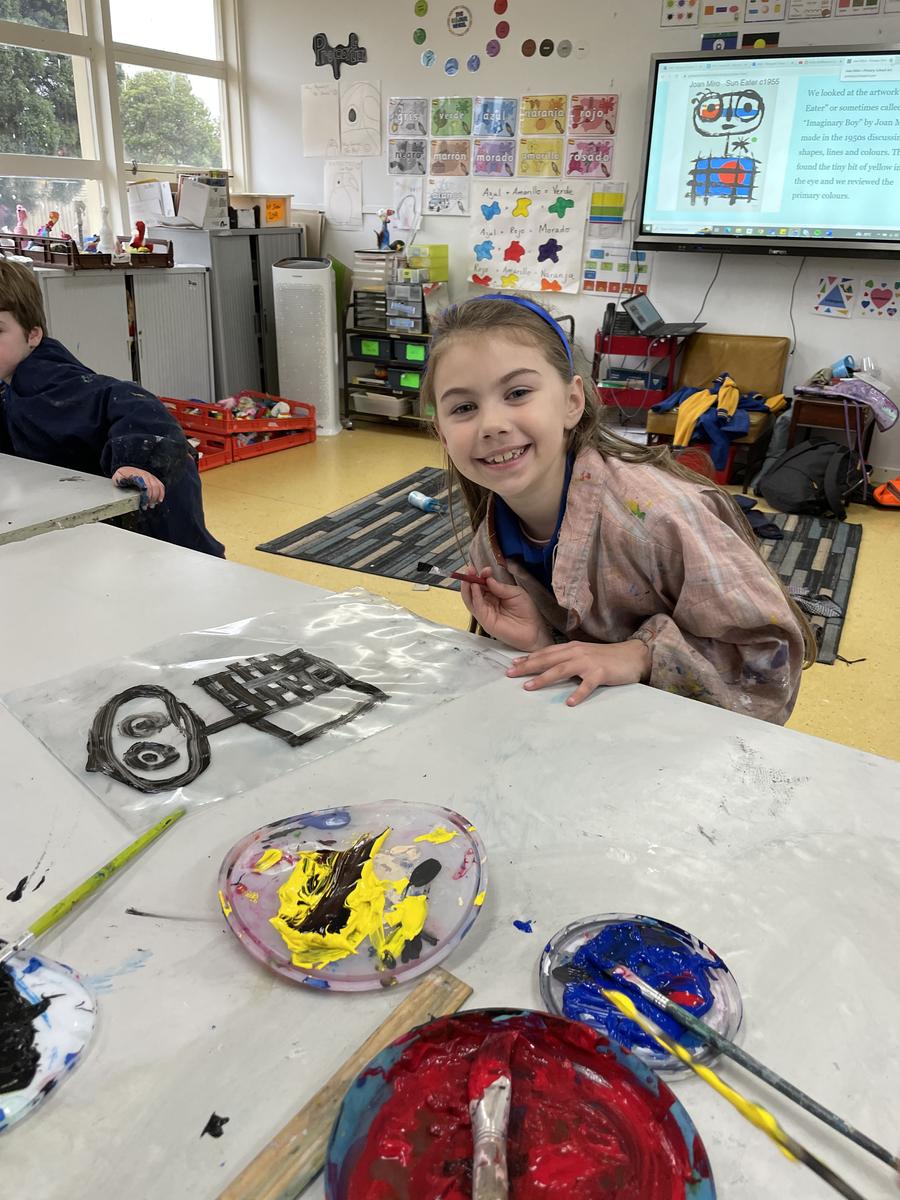
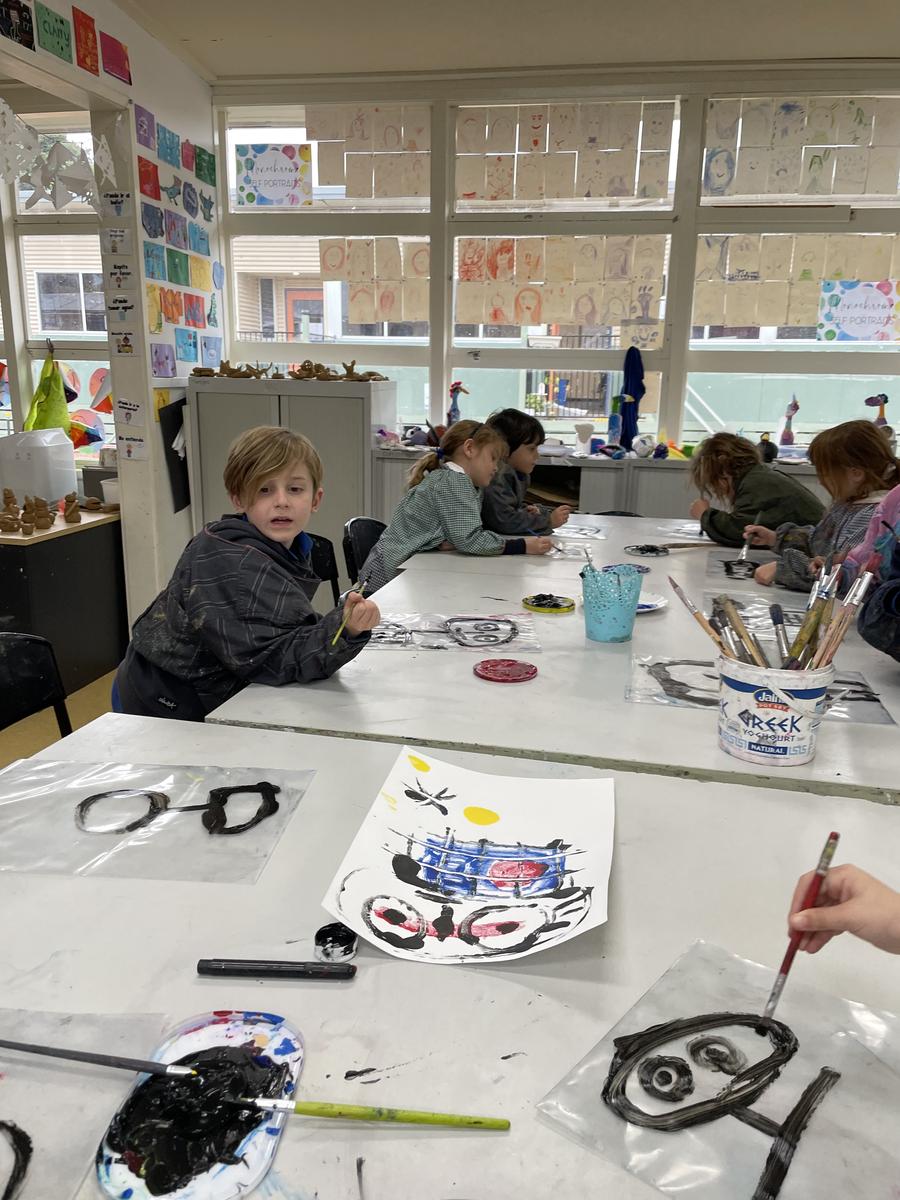
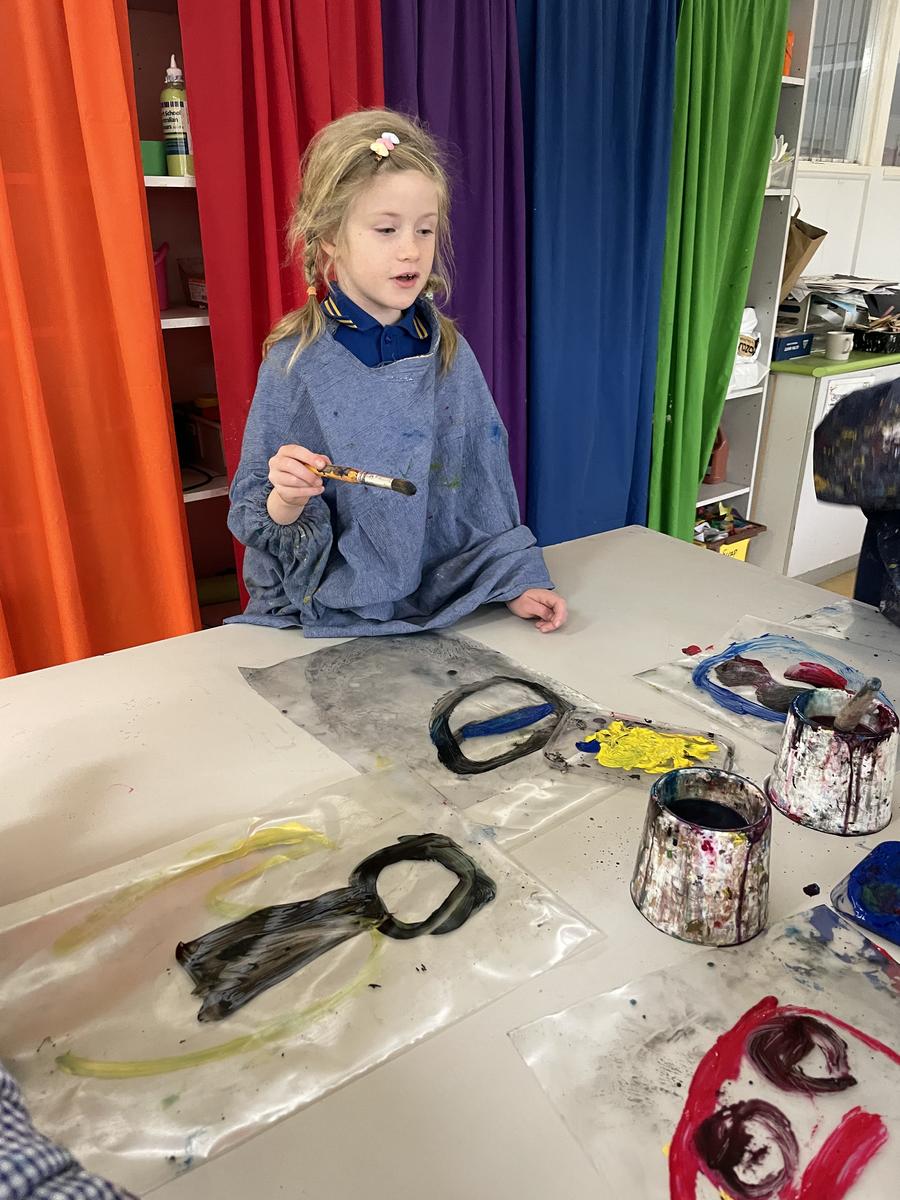
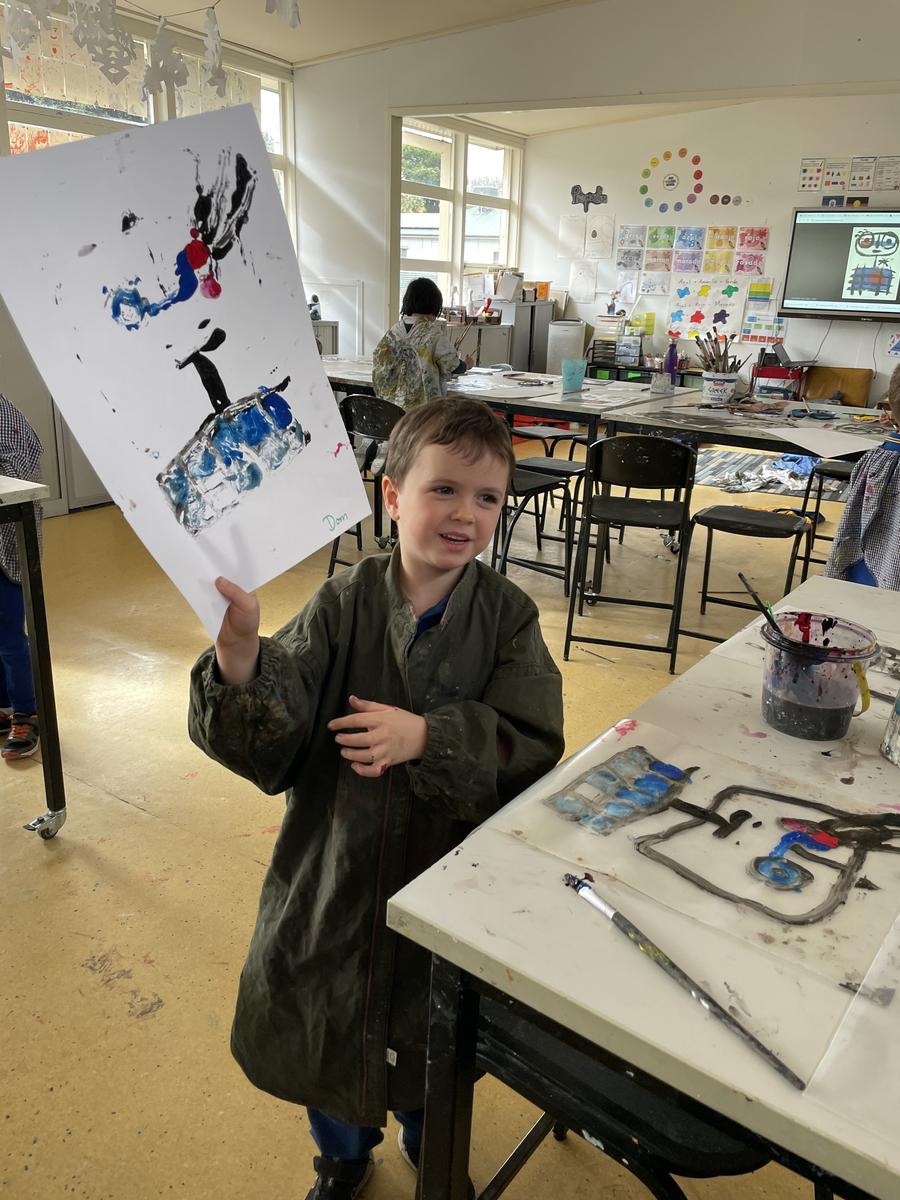
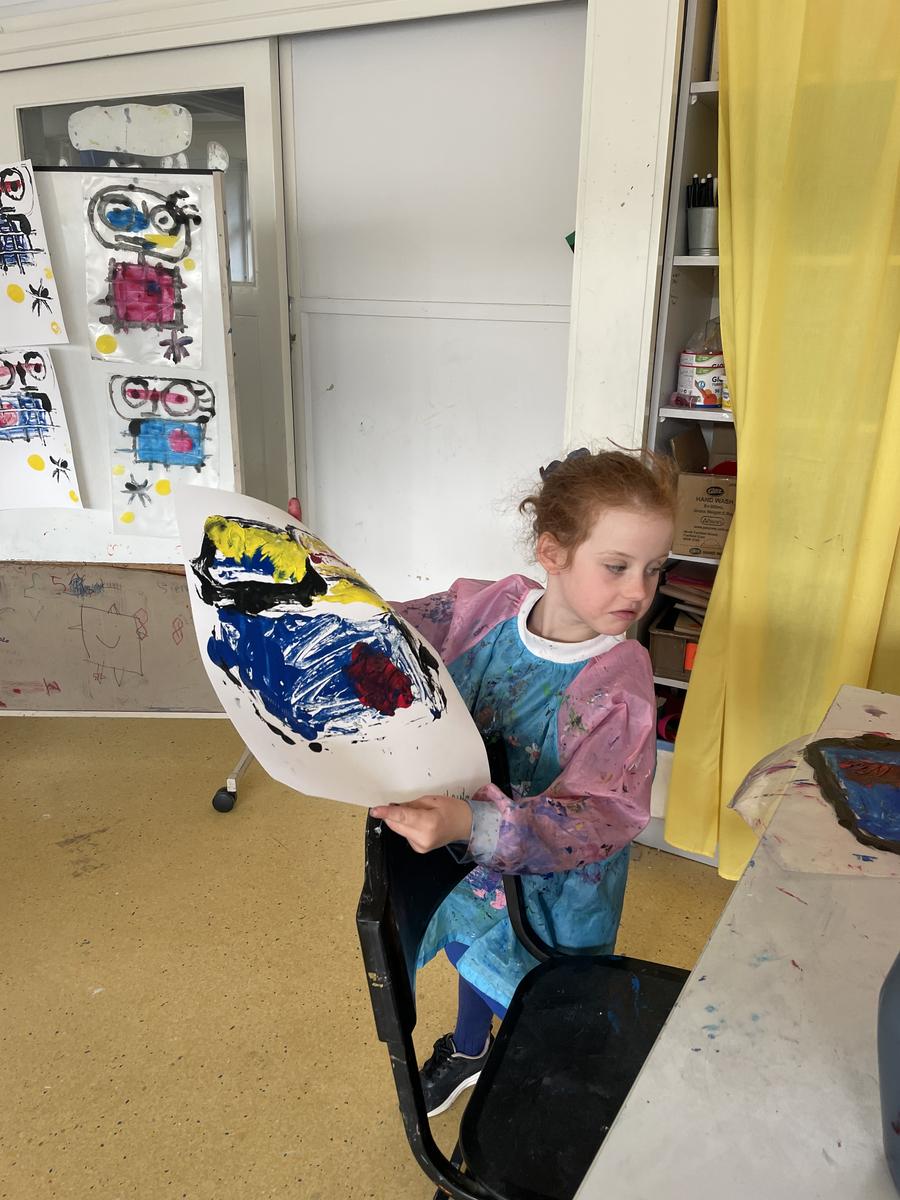
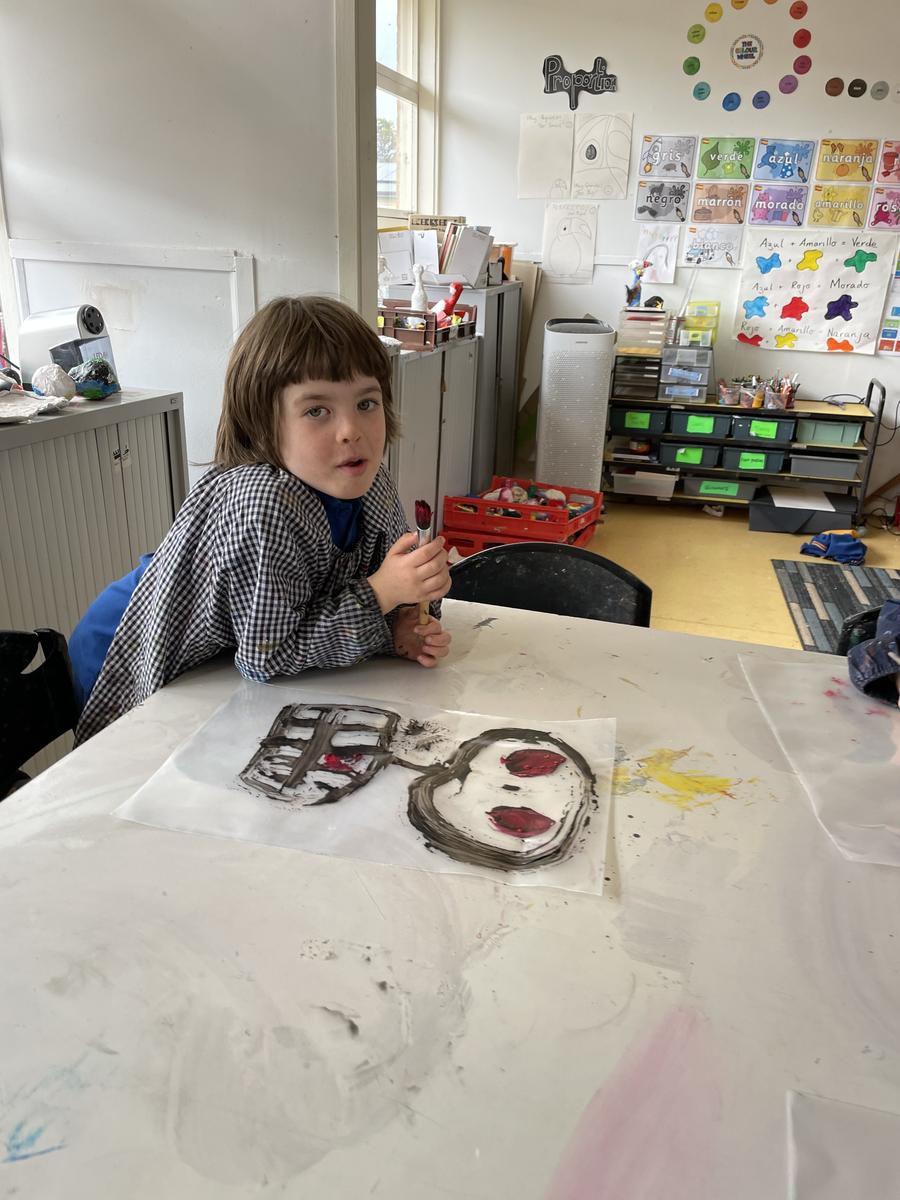
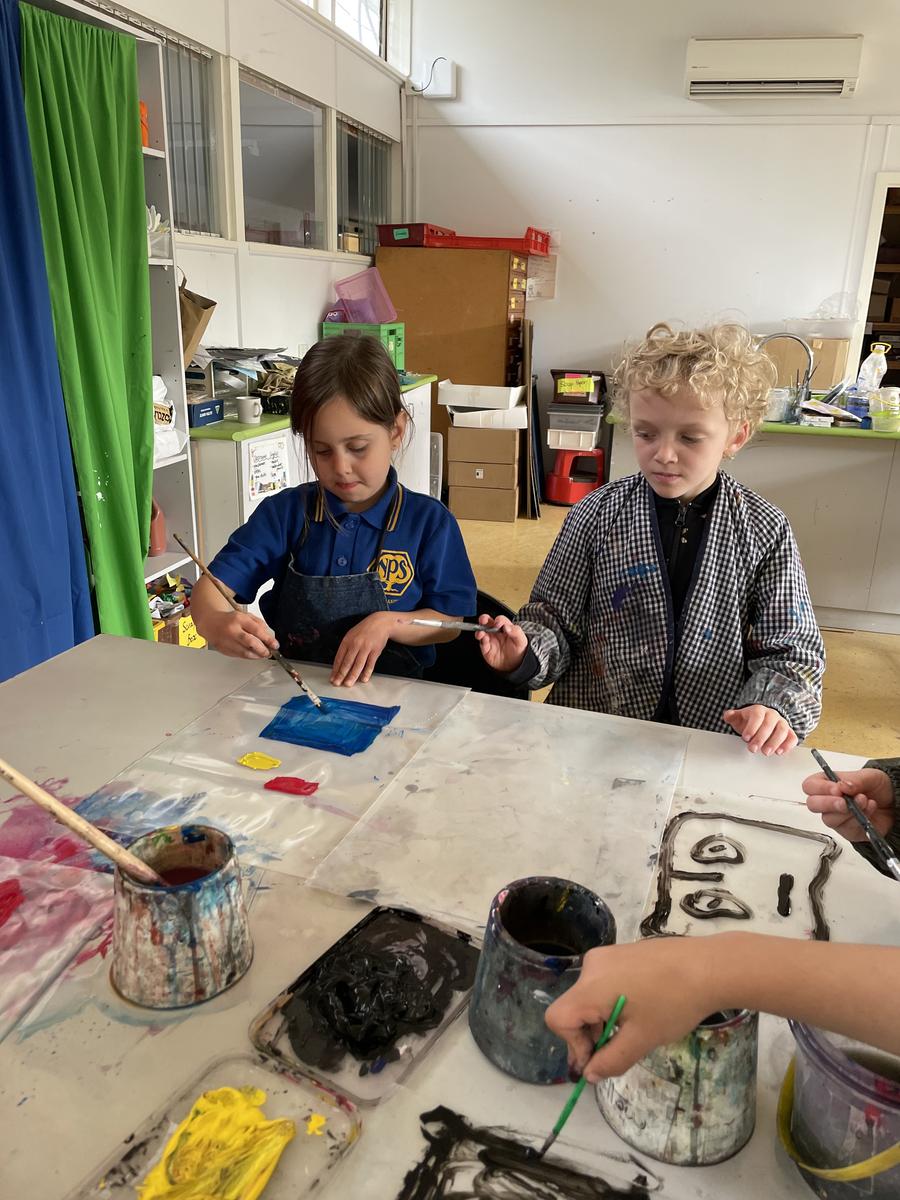
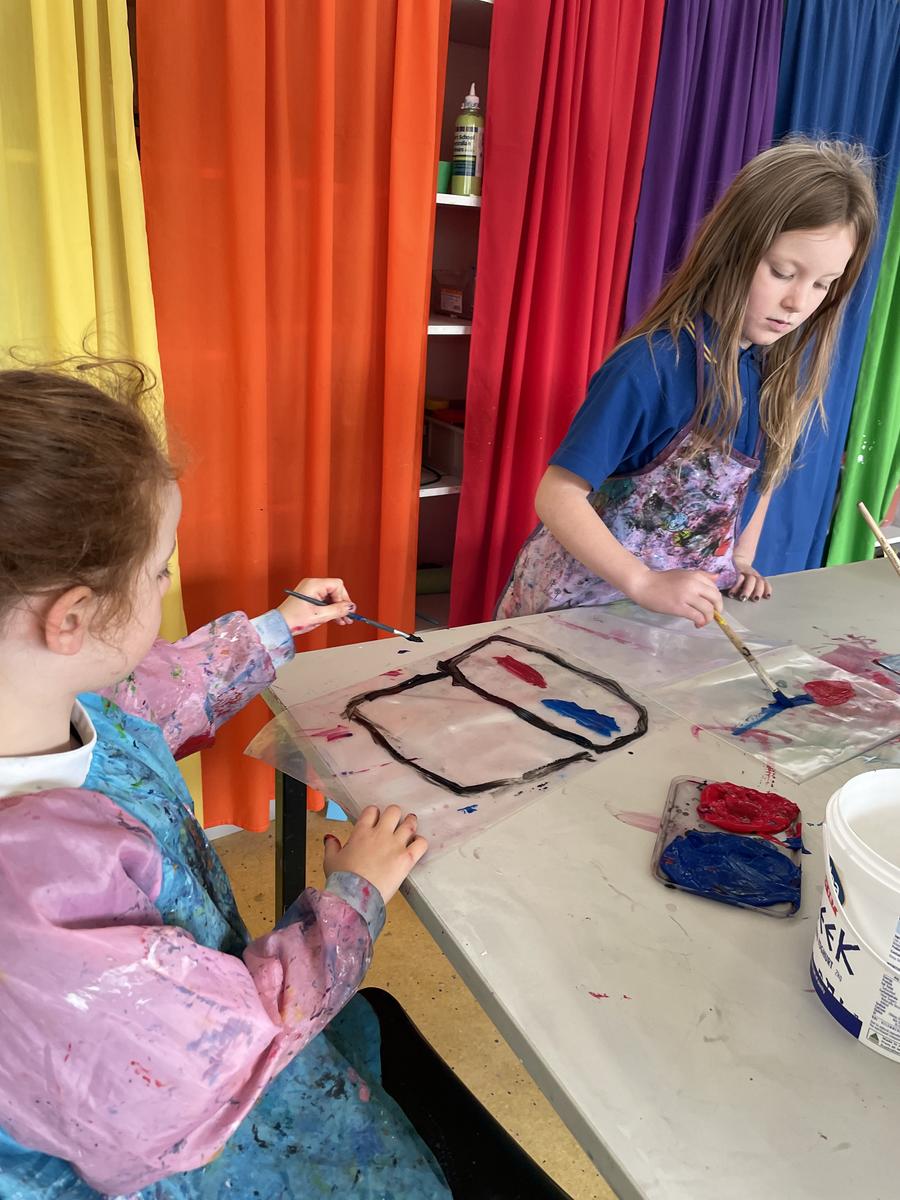










This week, we have continued to explore the artwork of Miro by focusing on his use of subject matter. Students have learnt that Miro's art is surrealistic and that it is not based on real life. We discuss how we can use our imagination when making artwork. During this lesson, students were given the opportunity to use watercolour pencils to colour and paint their pieces.
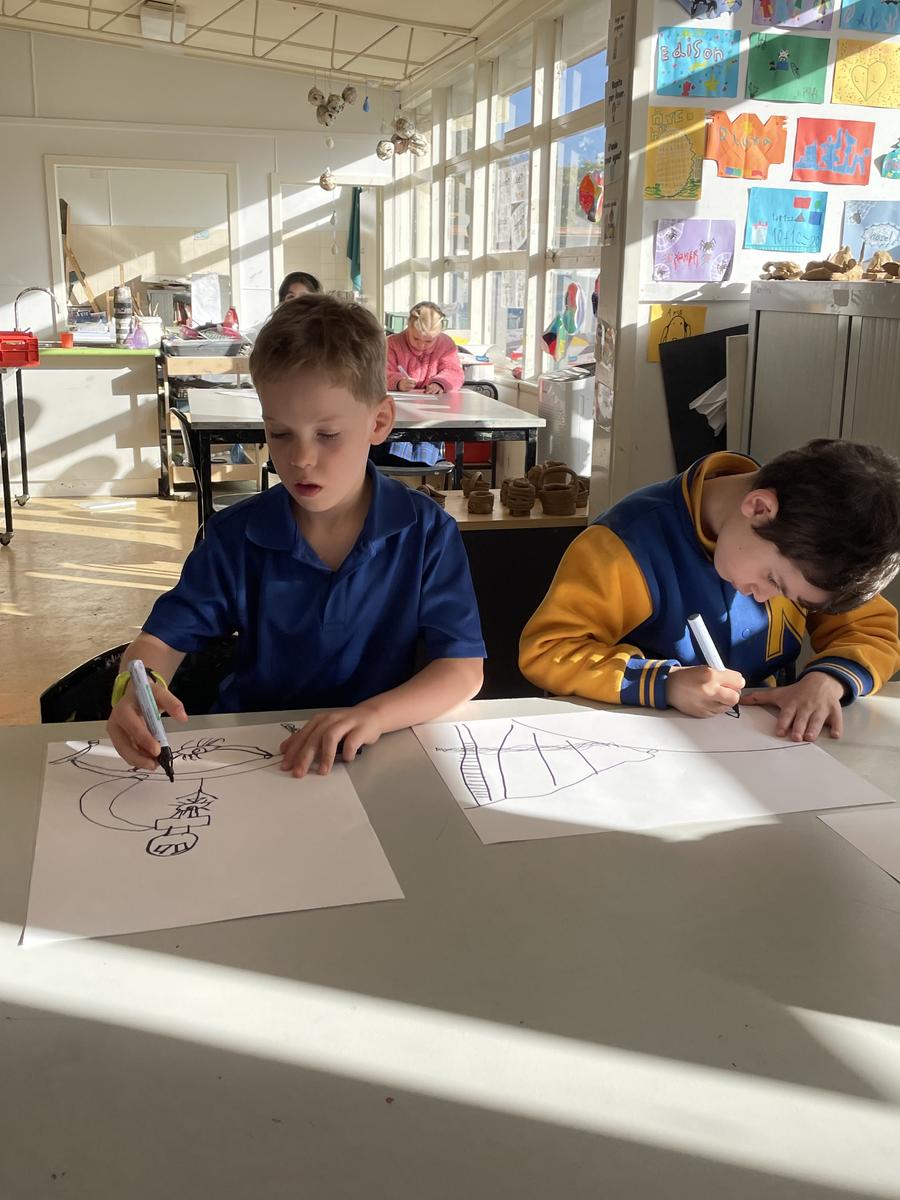
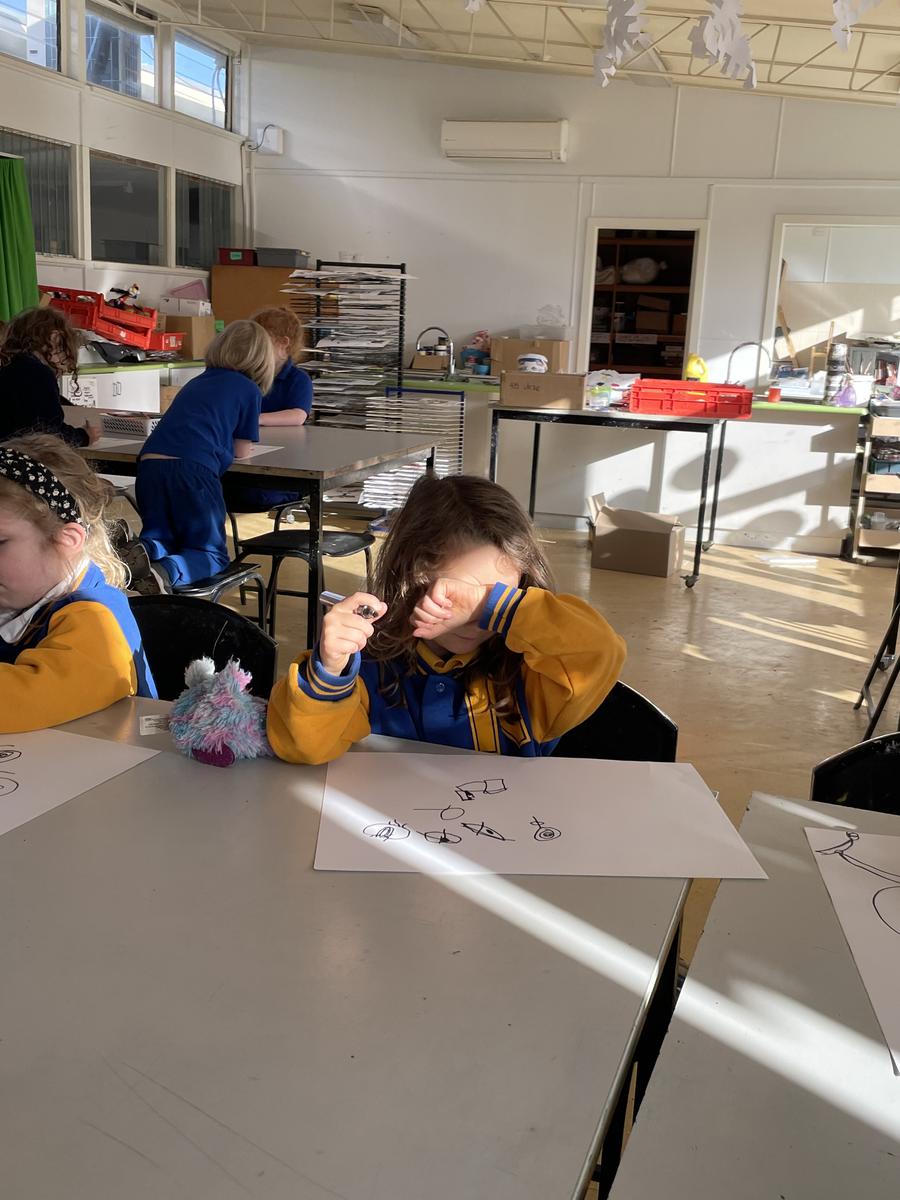
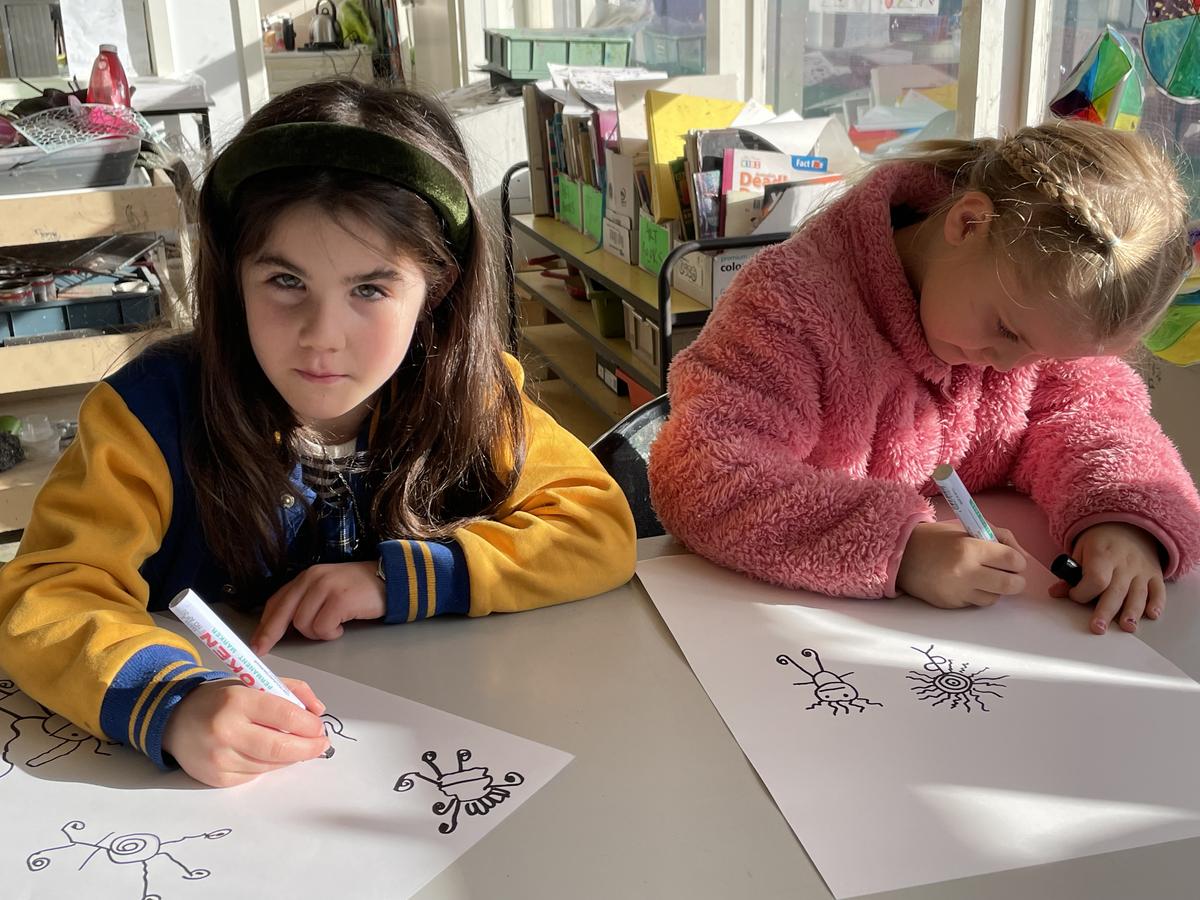

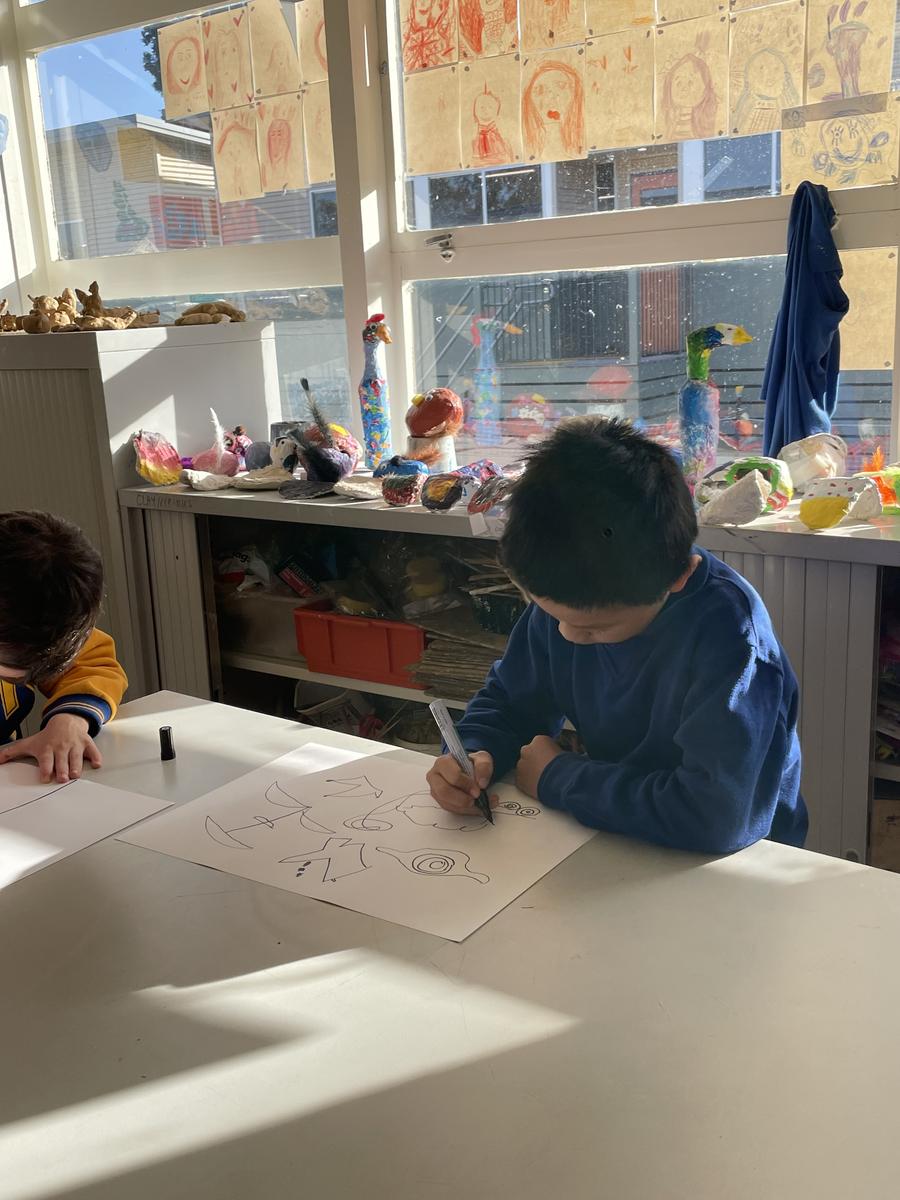





Grade 2/3
Again, students at NPS travelled to Spain, to learn about another famous Surrealistic Artist, Salvador Dali. Students in the 2/3 area have been using his iconic paintings 'The Persistence of Memory' 1931 and 'The Disintegration of the Persistence of Memory' 1954 to inspire them when constructing their melting clocks.
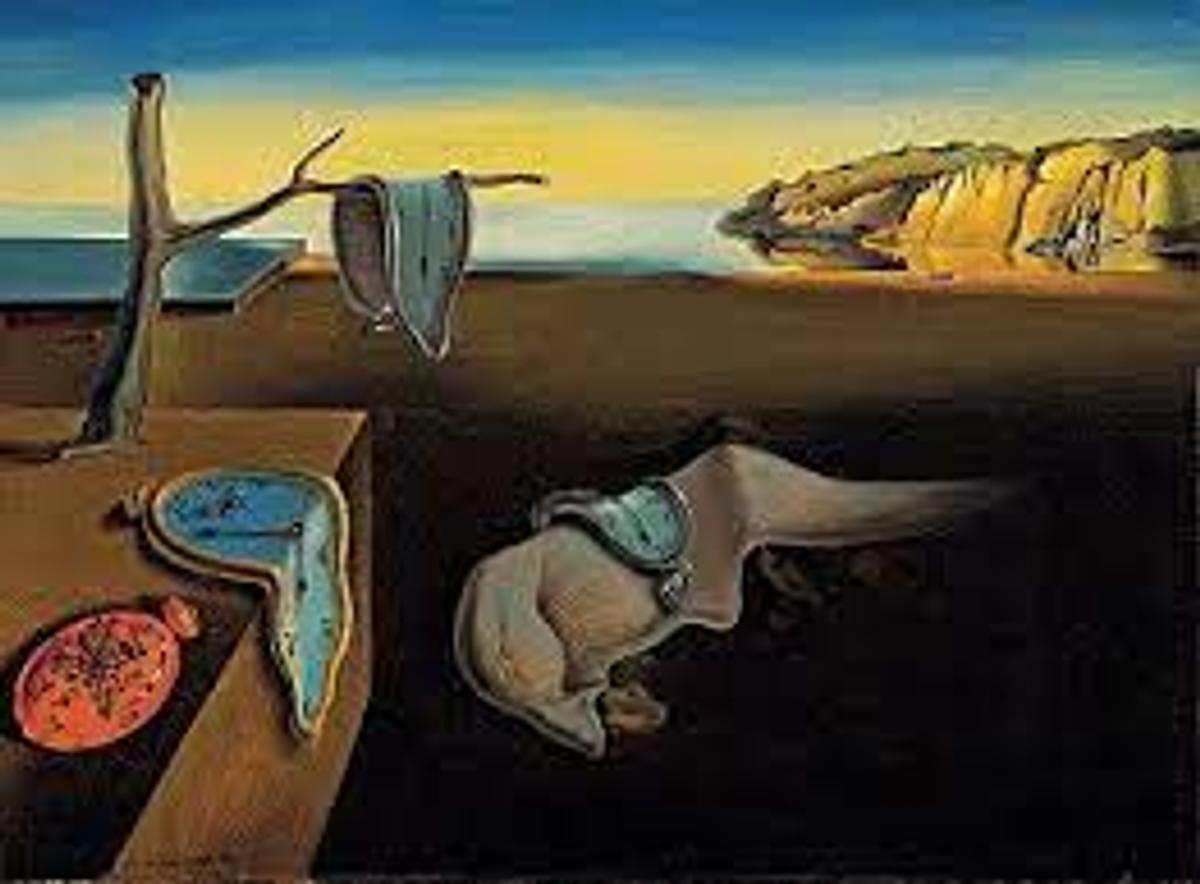
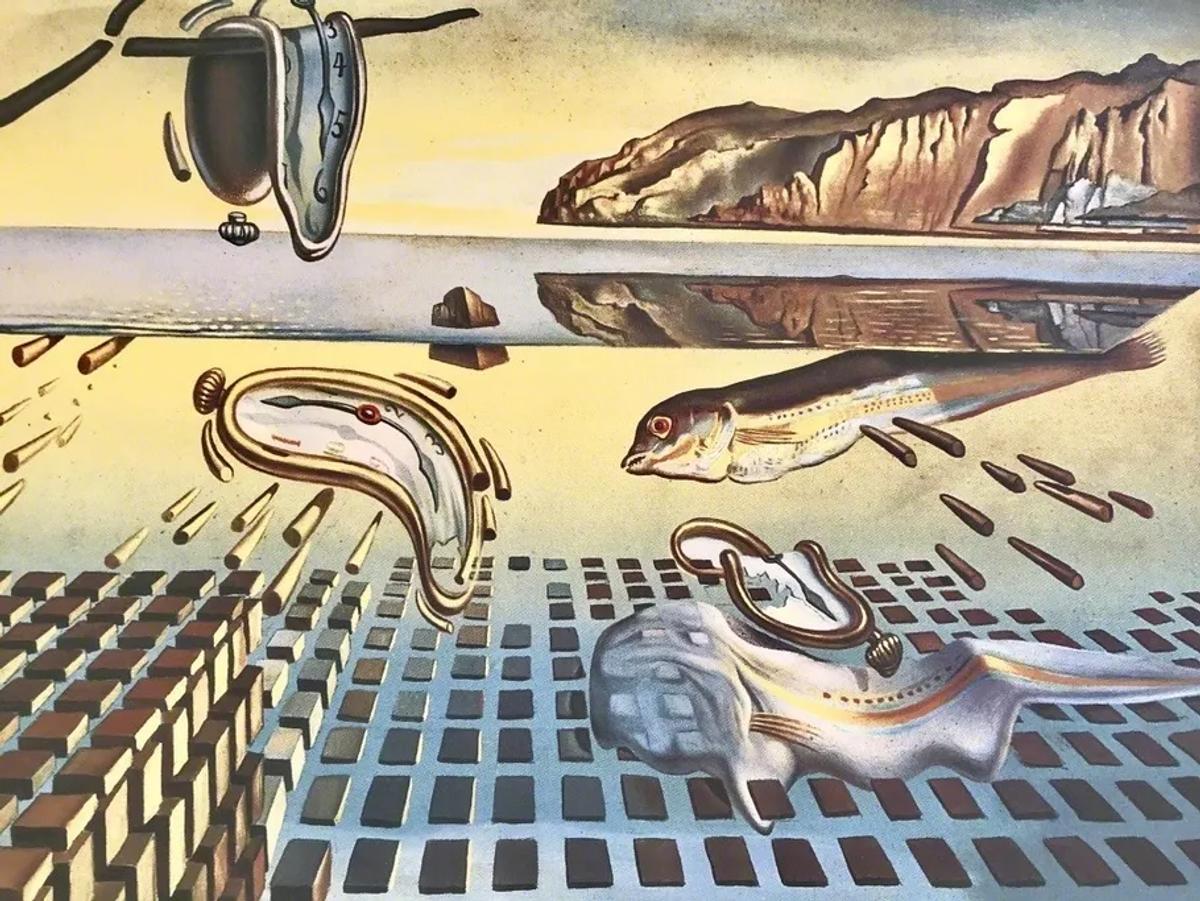


For this unit, students reinforced their knowledge and use of armatures when constructing their melted clock sculptures. They made a basic armature using foil to form the 'skeleton' of their clock. Students carefully manipulated air-drying clay to make it pliable to press and layer onto their armature. Once dried, students were required to think about their colour choices and select a design for the numbers on their clocks.
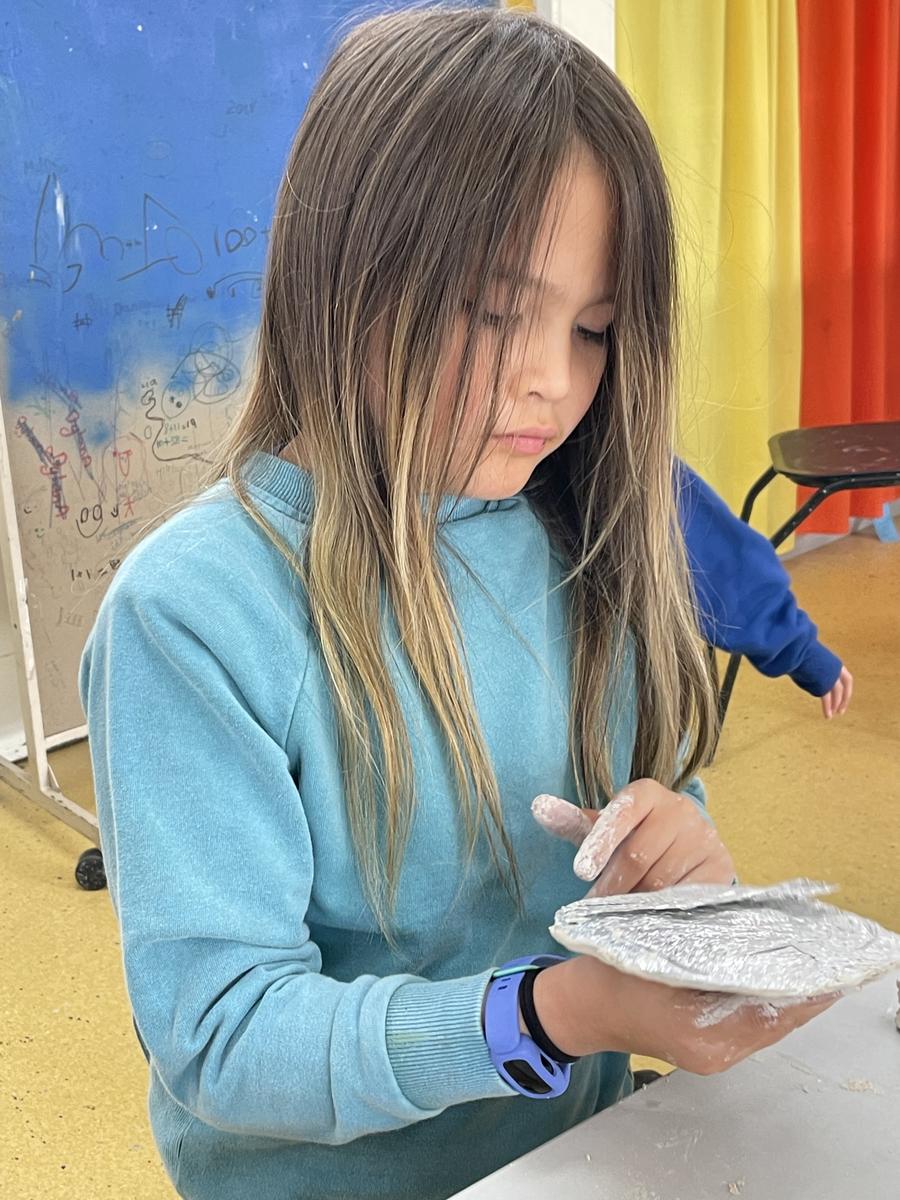
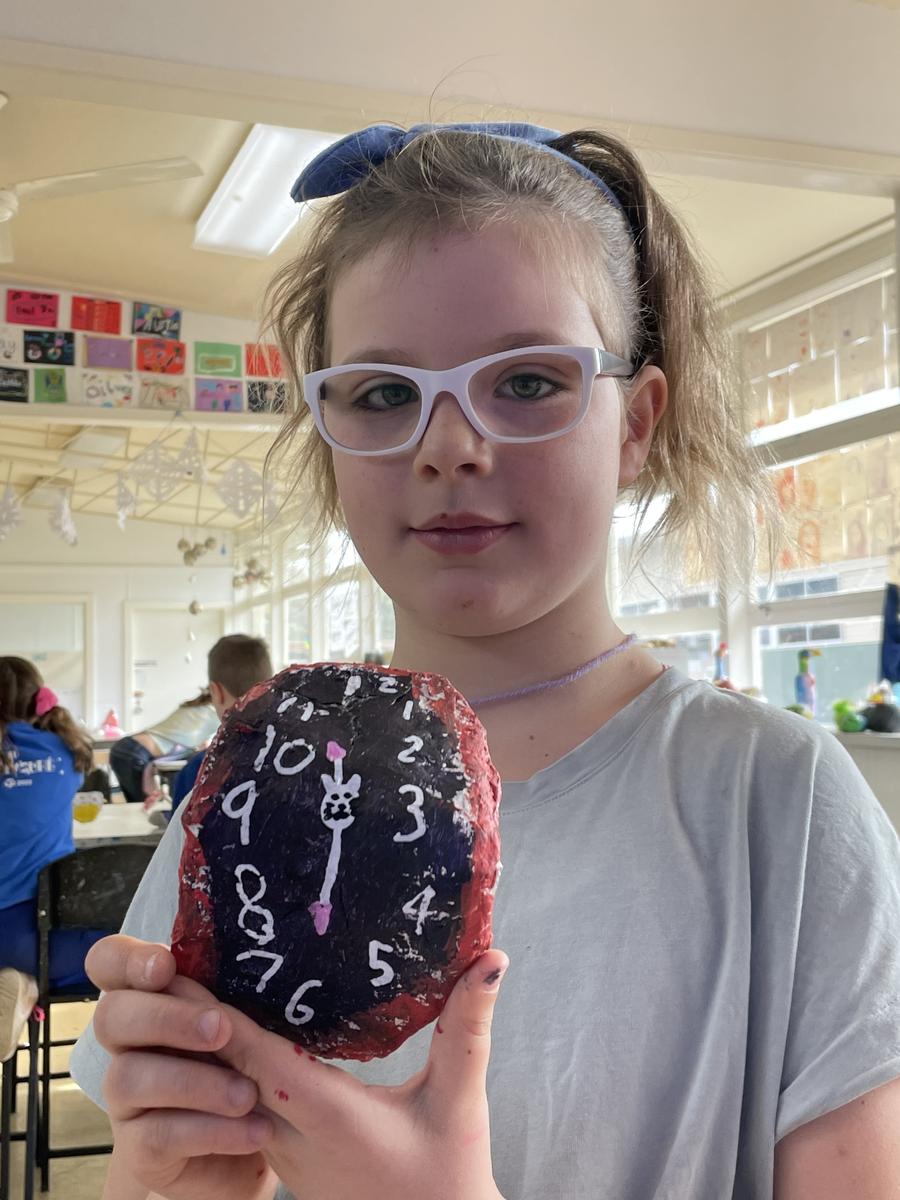
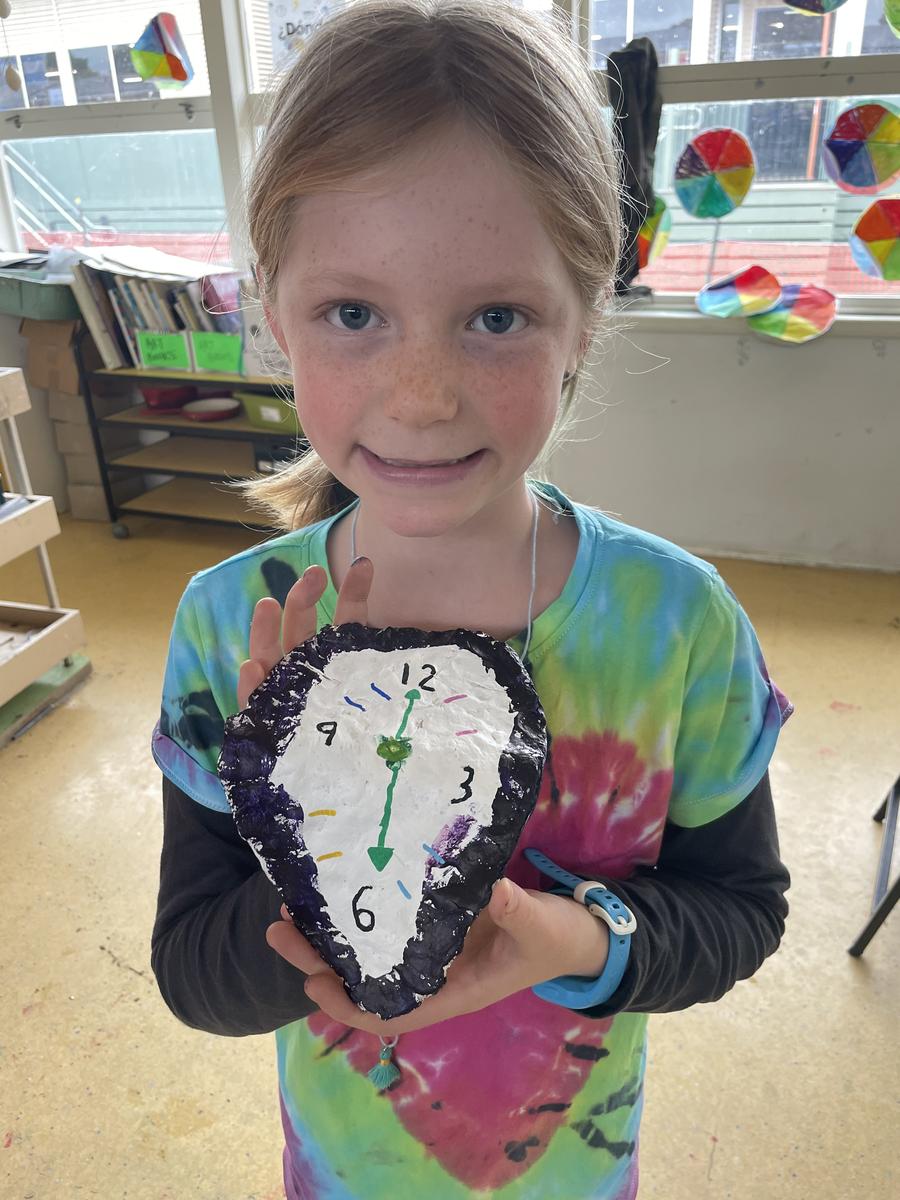

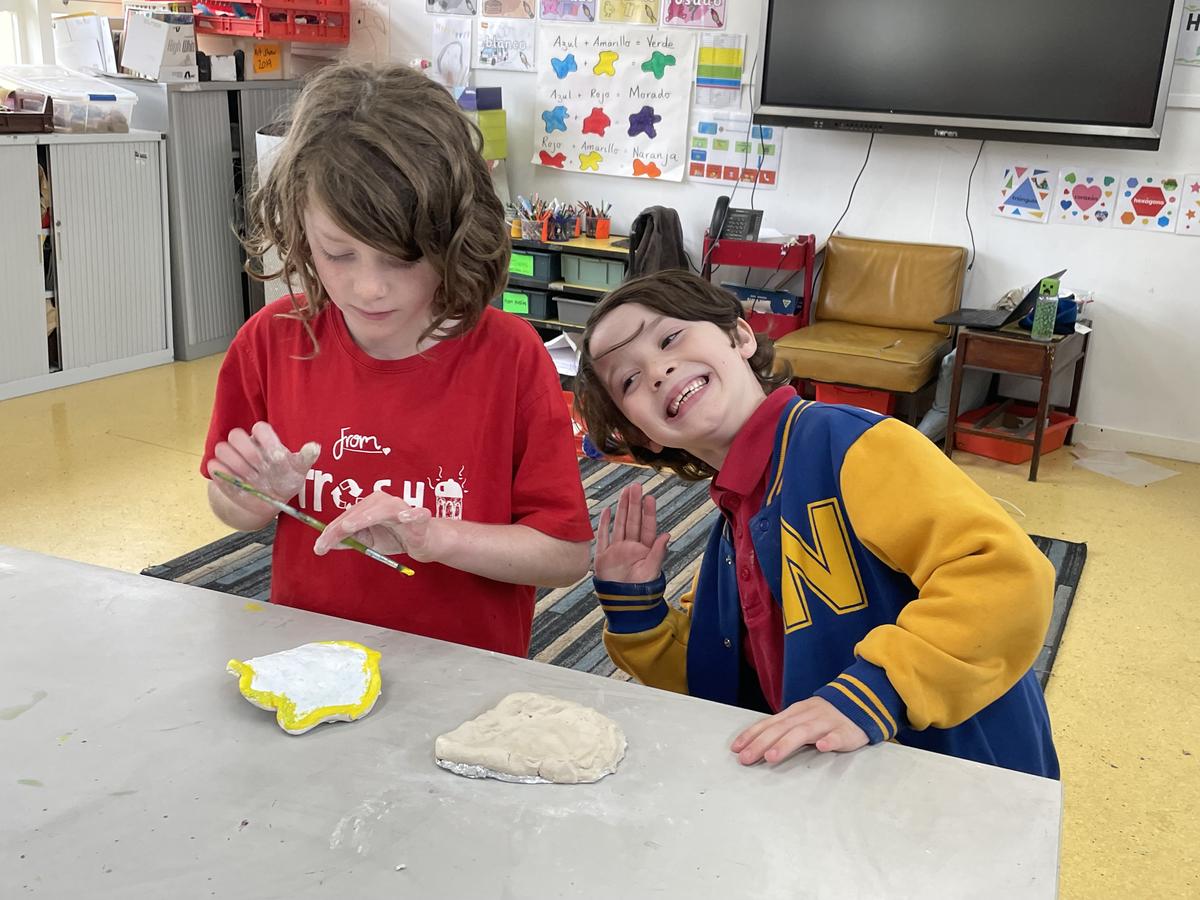
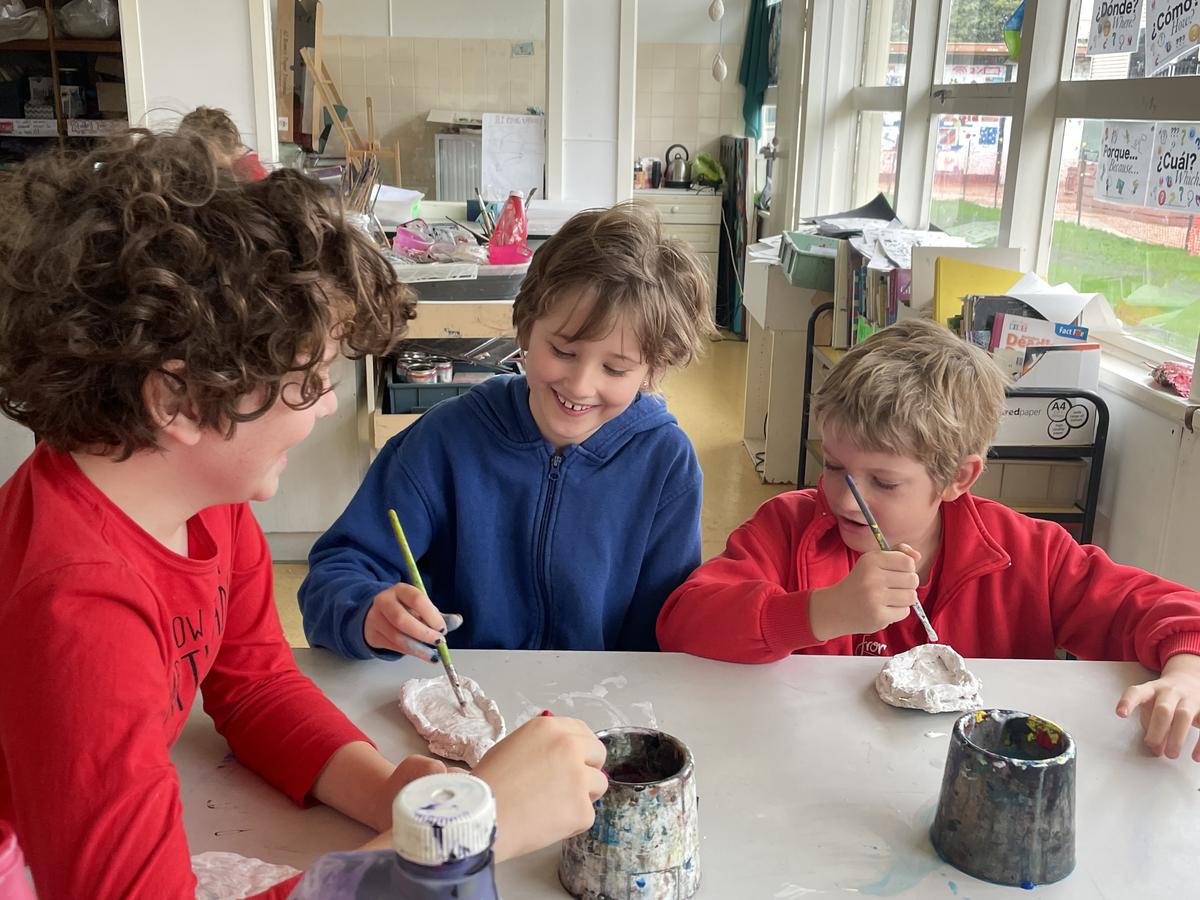
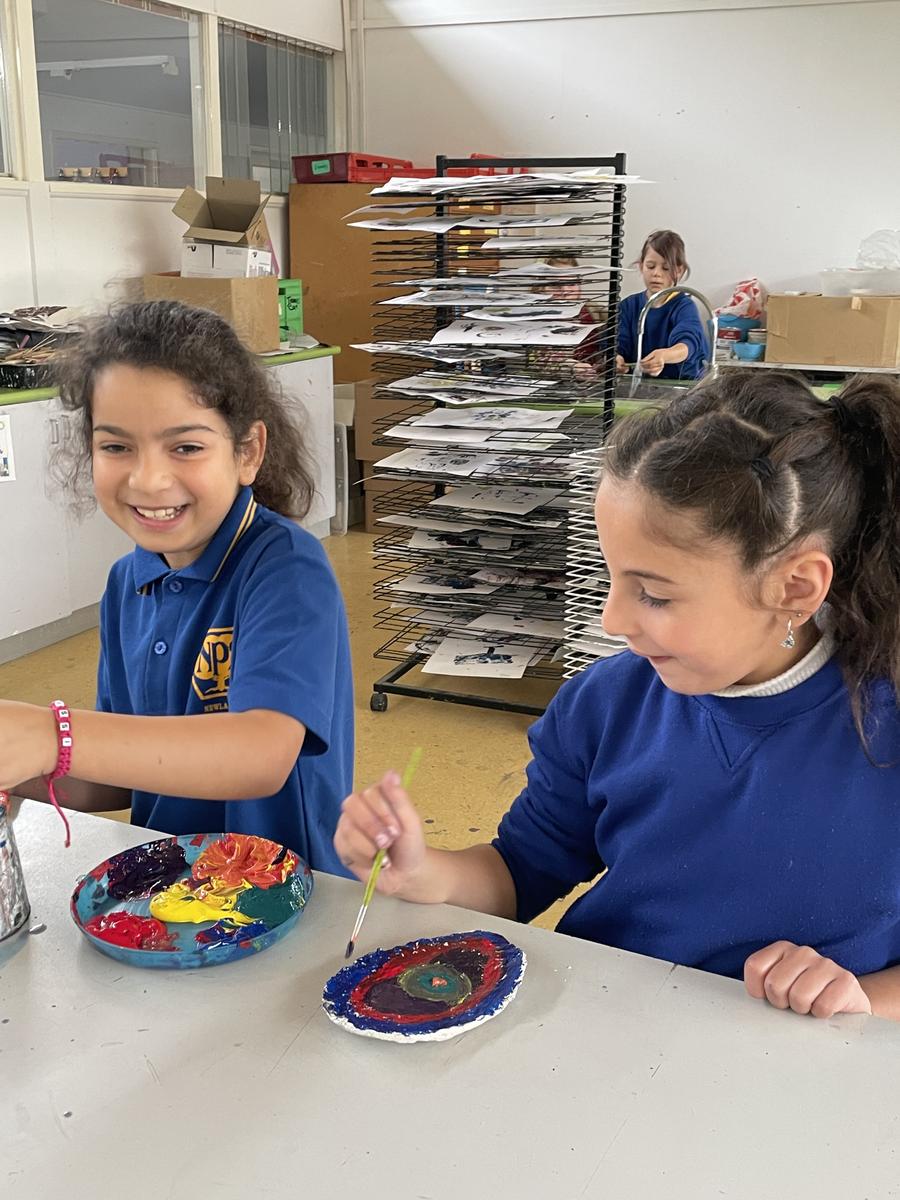

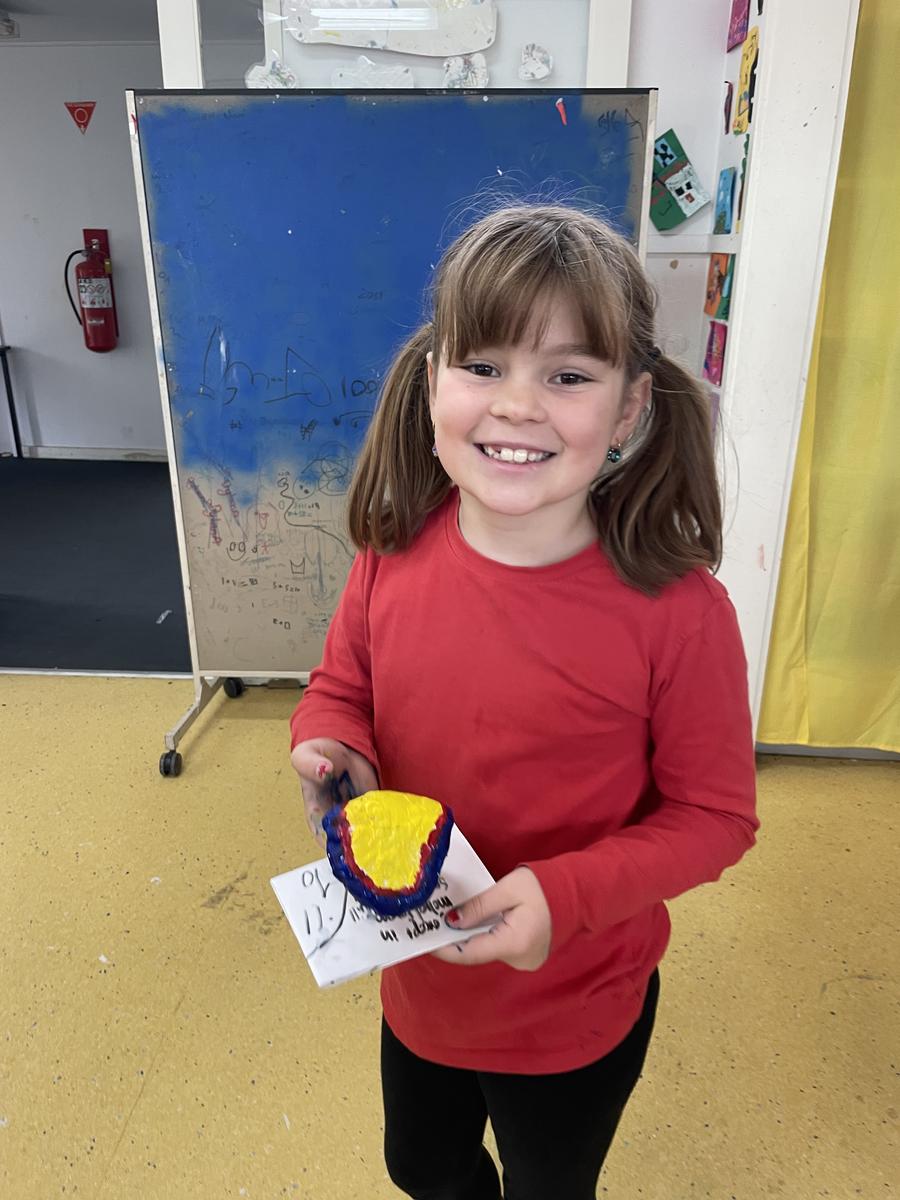
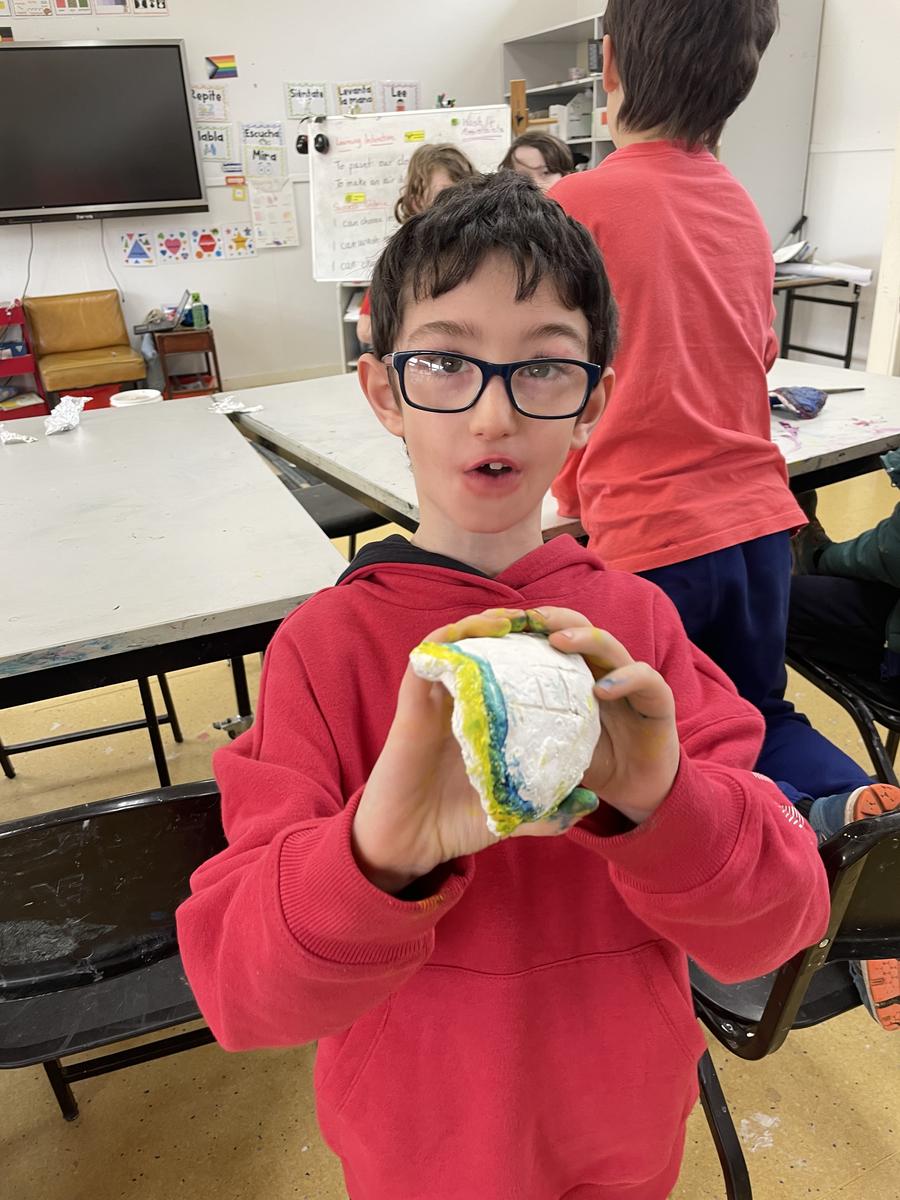










Grades 4/5 and 6
Students in Grade's 4/5 and 6, have been busily learning all about clay, also known as 'arcilla, barro or tierra' in Spanish. They have explored basic forms to help them construct miniature 'Alebrijes' or creatures. During this unit, the discussion was based on the preferred thickness of clay and the importance of hollowing out solid pieces to ensure that the clay is bone-dry when firing. The main teaching focus of this lesson was to develop students' practice of using slip when 'glueing' two pieces of clay together. Students have been engaged and shown a natural curiosity when learning about clay and the techniques used when hand building.
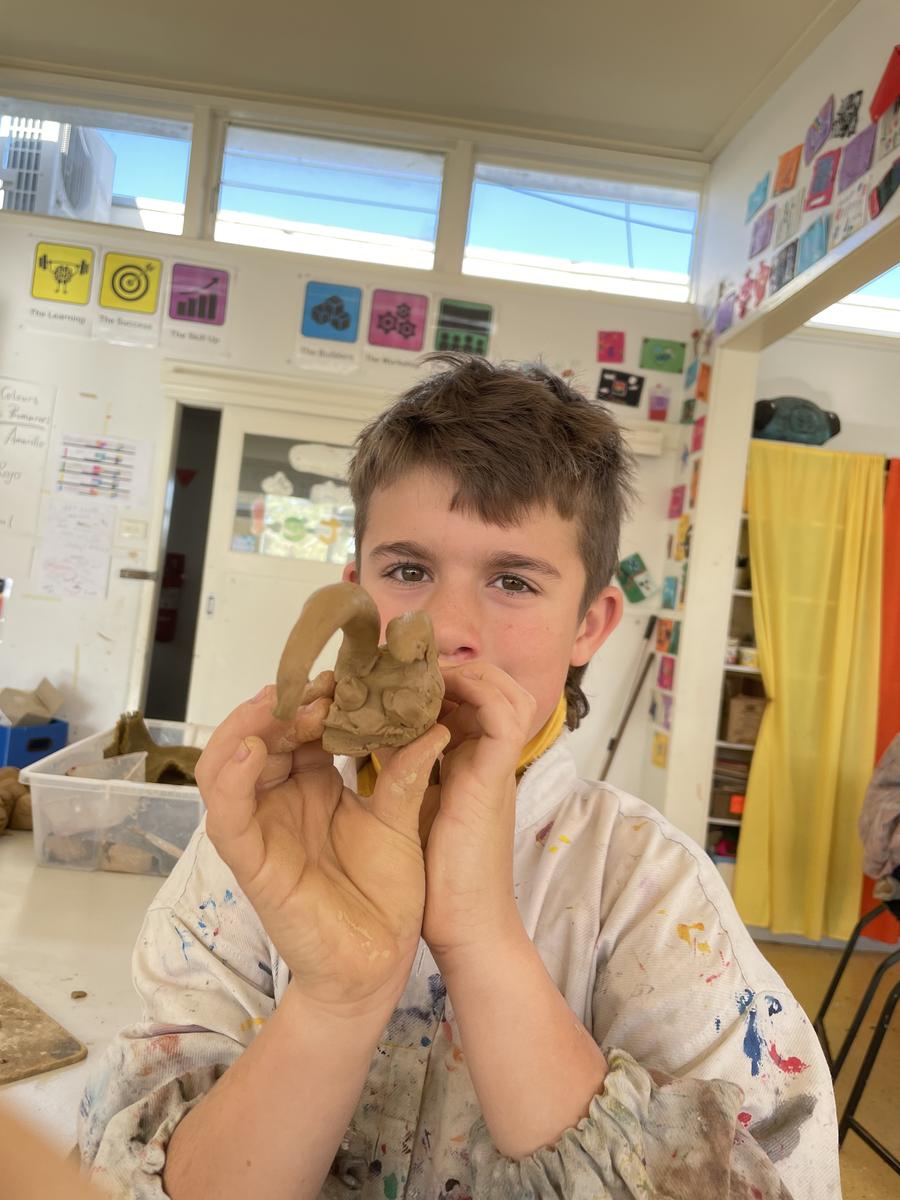
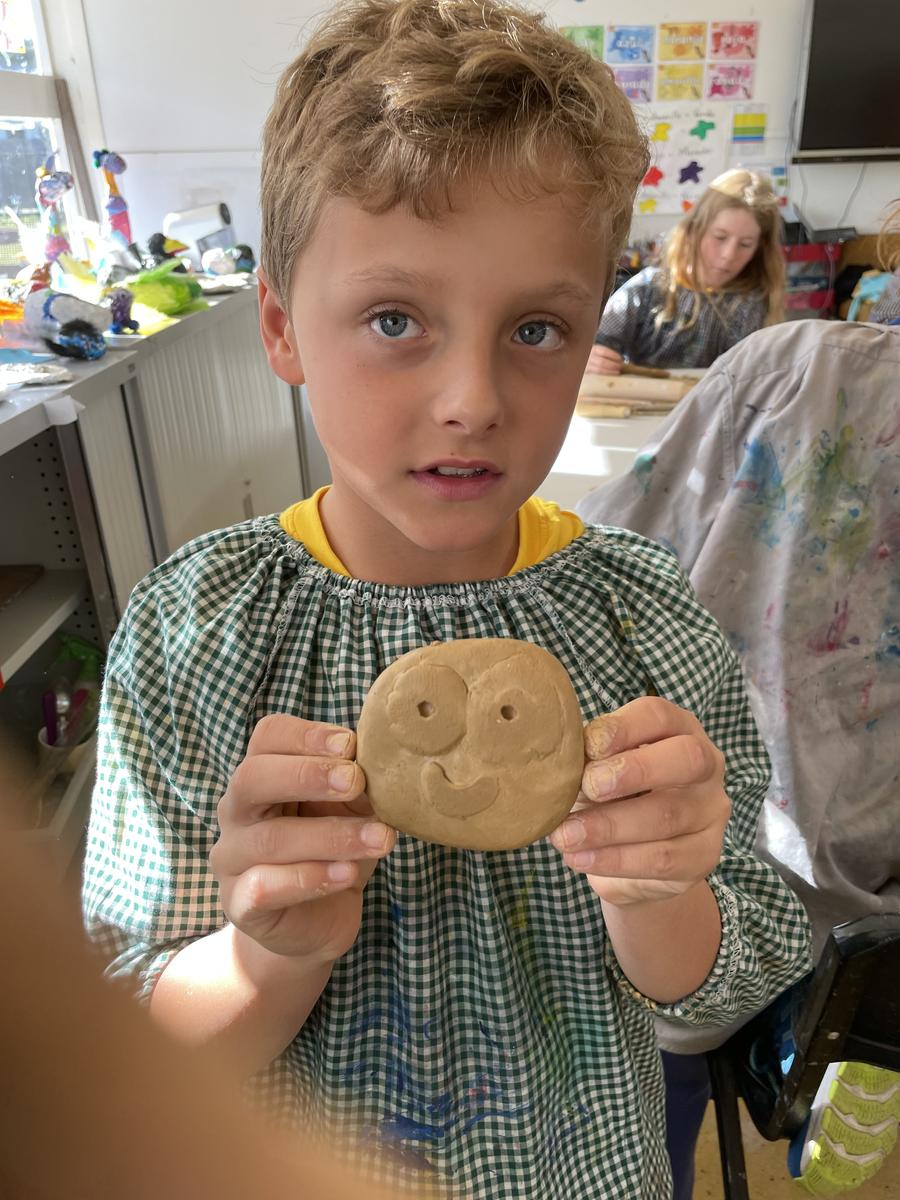

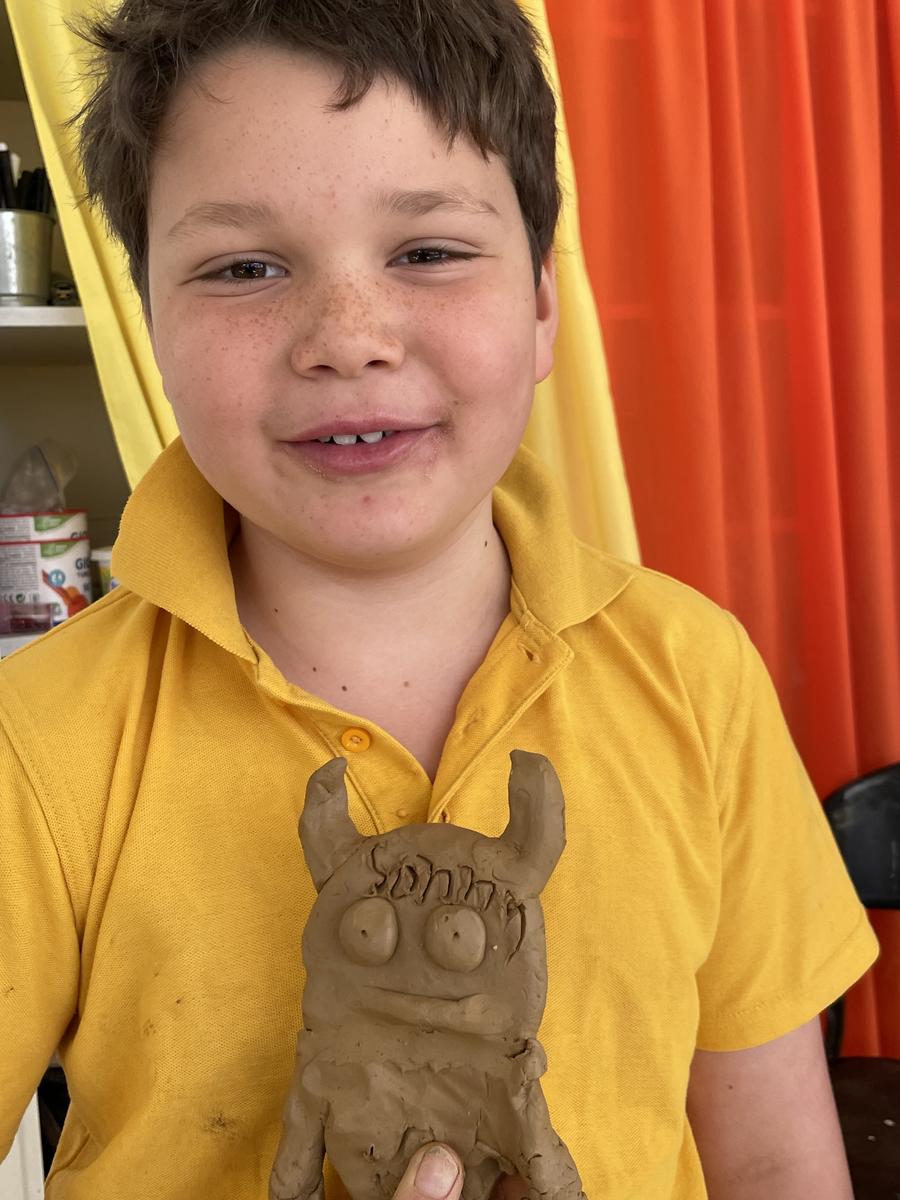
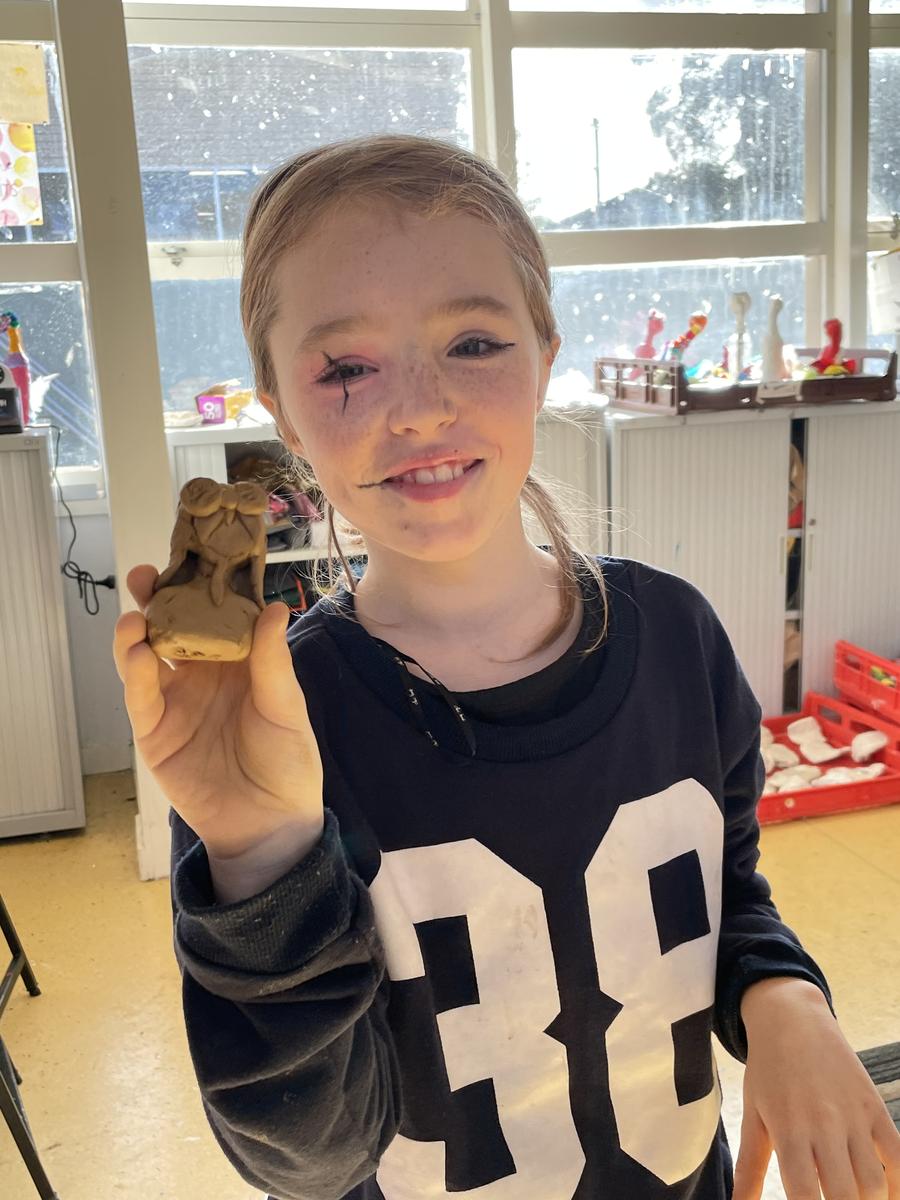

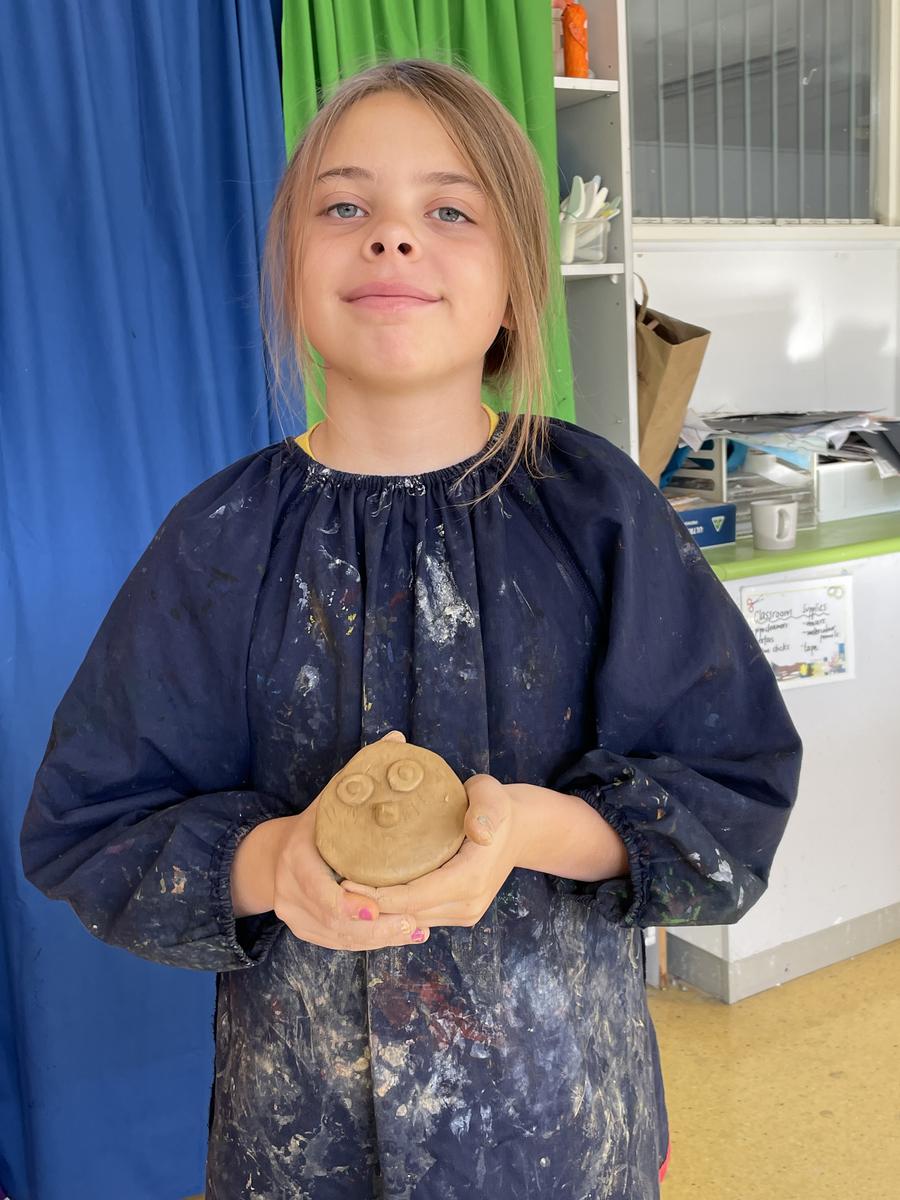







This week, students explored how to make coil pots. They were encouraged to create decorative coils to create different patterns to add interest to their pots. During this session, students persistently endeavoured to create coils of uniform size and thickness. Once their coil pots were completed, students needed to check their joins and smooth the clay inside their pot, to reinforce the structure.
